This video has been a while in the making. I've been slowly building up to a video on agency through all the ones since the history of teleology in biology video here.
It seems this video is also pretty well timed with agency only becoming more and more of an interest to biologists. Currently, there are three big upcoming books which will feature plenty of discussion on agency by: Philip Ball, Kevin Mitchell and Yogi Jaeger.
I'm very excited to read all three, but in the meantime if you want a good summary of the current state of thoughts on agency Philip released a brilliant review a few months back which I highly recommend.
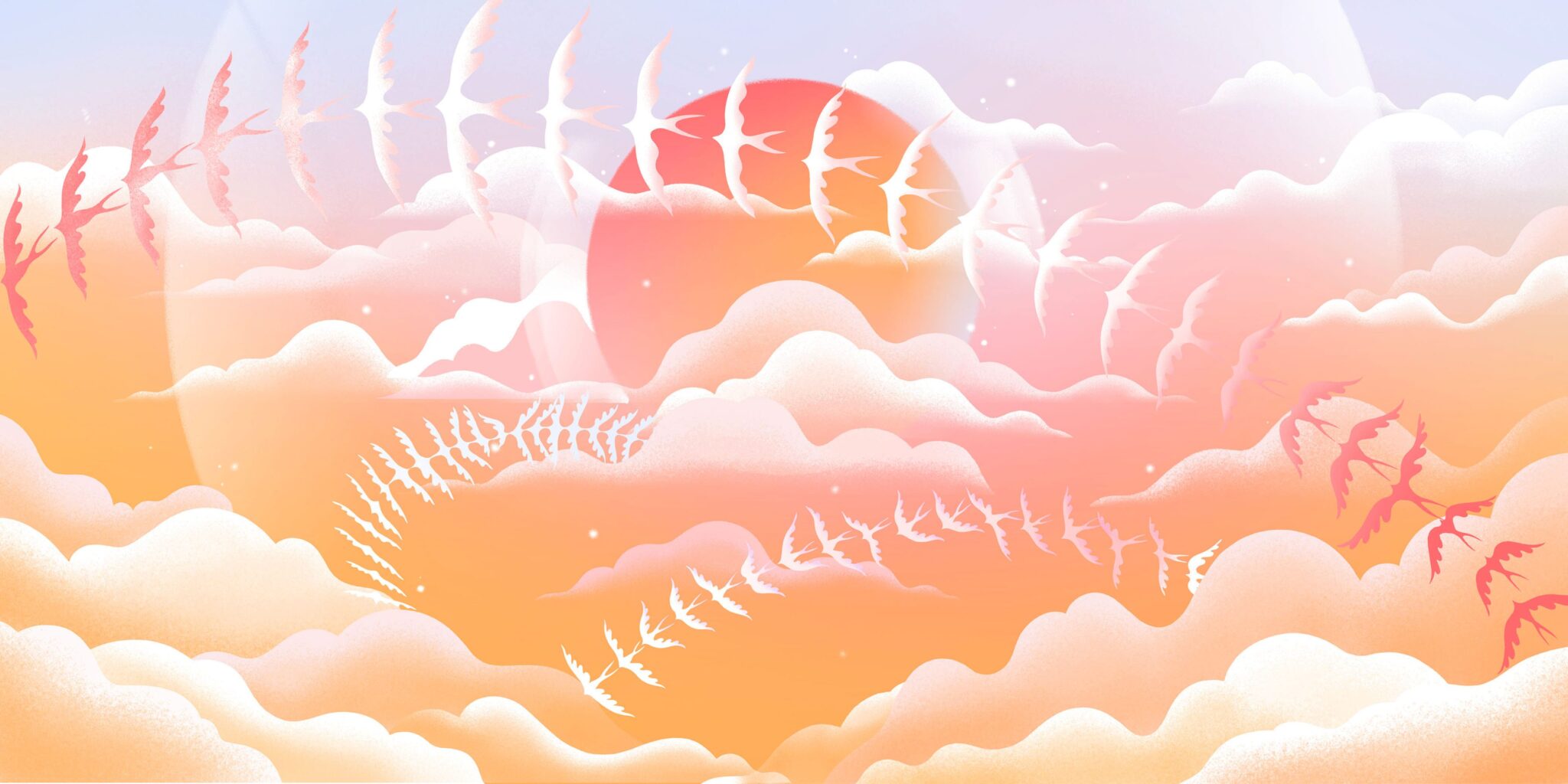
It would pair well with Lynn Chiu's review of the extended evolutionary synthesis which I skirted around the corners of in the video, without mentioning it explictly.
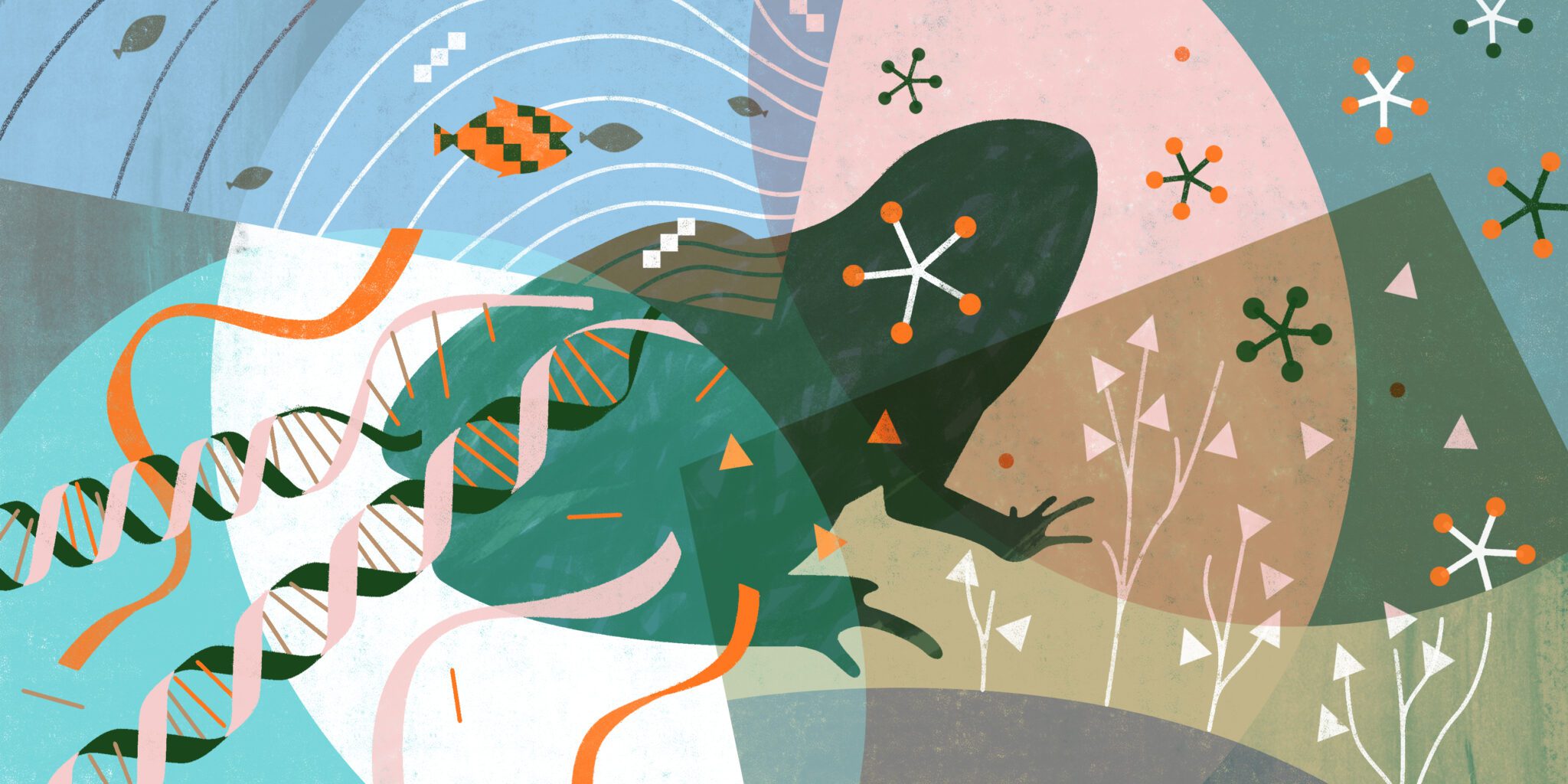
For more in depth treatments of how to actually go about building theory from the concept of biological agency, I'd recommend the following:
Jaeger, J. (2021). The fourth perspective: evolution and organismal agency. https://osf.io/2g7fh/
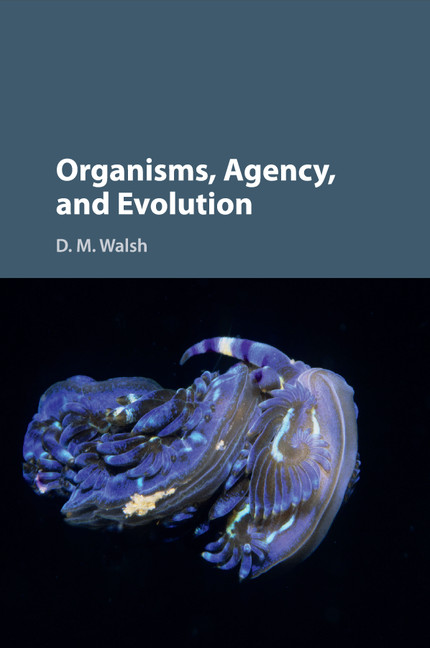
Brown, R. L. (2022). Mapping Out the Landscape: A Multi-dimensional Approach to Behavioral Innovation. Philosophy of Science, 89(5), 1176-1185. https://doi.org/10.1017/psa.2022.42
Lee, J. G., & McShea, D. W. (2020). Operationalizing goal directedness: an empirical route to advancing a philosophical discussion. Philosophy, Theory, and Practice in Biology, 12(005). https://doi.org/10.3998/ptpbio.16039257.0012.005

Video Script with Sources
Pick up a copy of Charles Darwin's On The Origin of Species from 1859 and you'll see one phrase repeated over and over again - the struggle for existence. Darwin sees this struggle all throughout the natural world. Predators attacking their prey, a cactus desperately searching for water, ants venturing out of the colony to find and share food with each other.
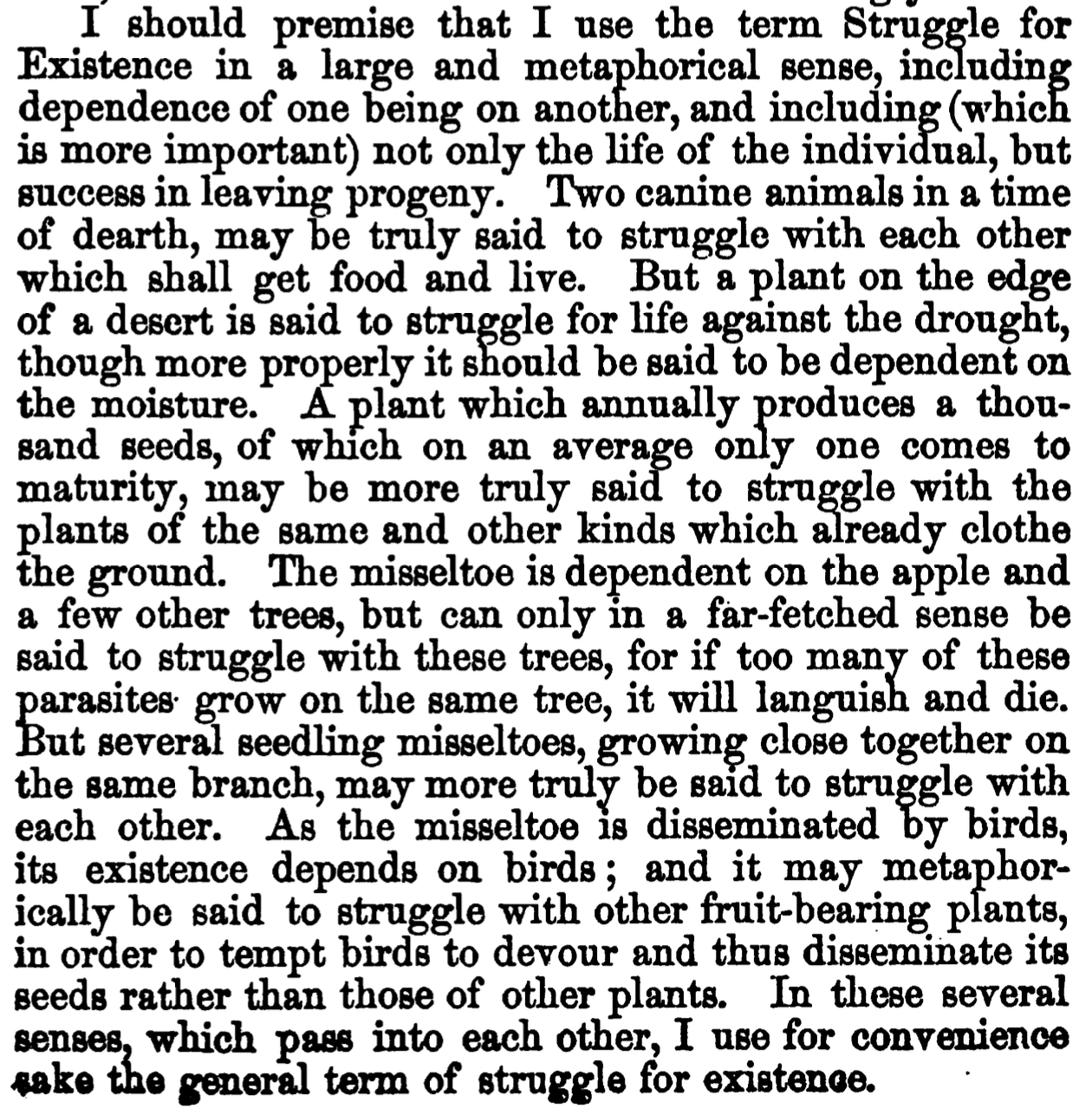
But modern biology has largely forgotten this struggle and in its place we now think of life mechanistically. From lock-and-key mechanisms, motors, genetic programs, brains as computers, organisms as mere vehicles for genes or even "gigantic lumbering robots … manipulated by remote control”.
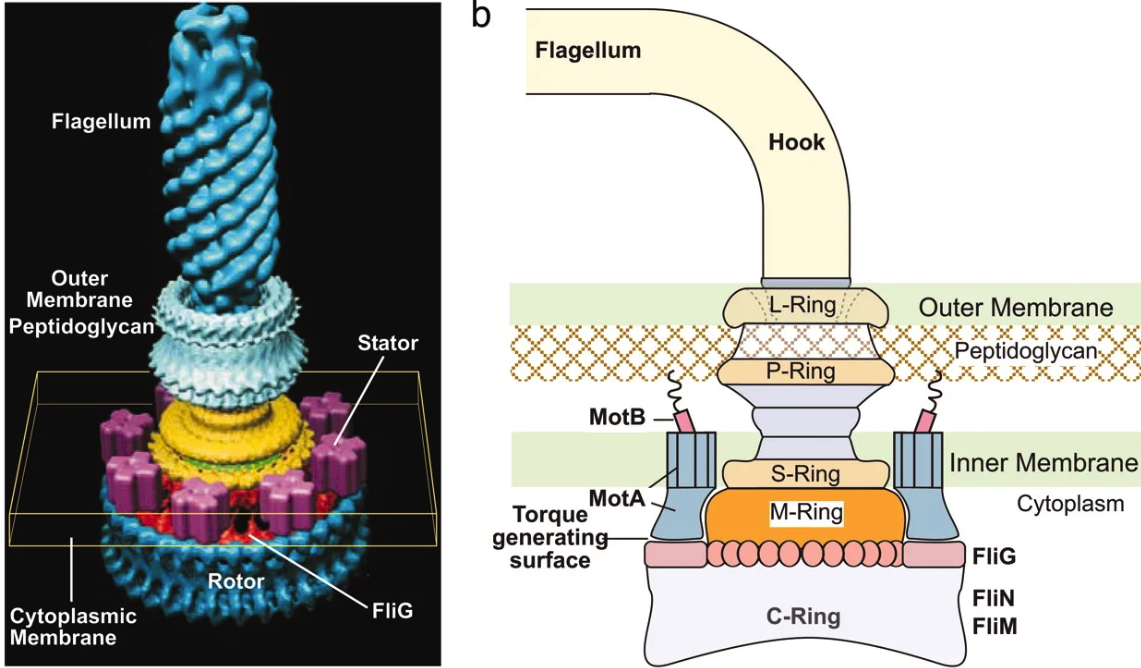
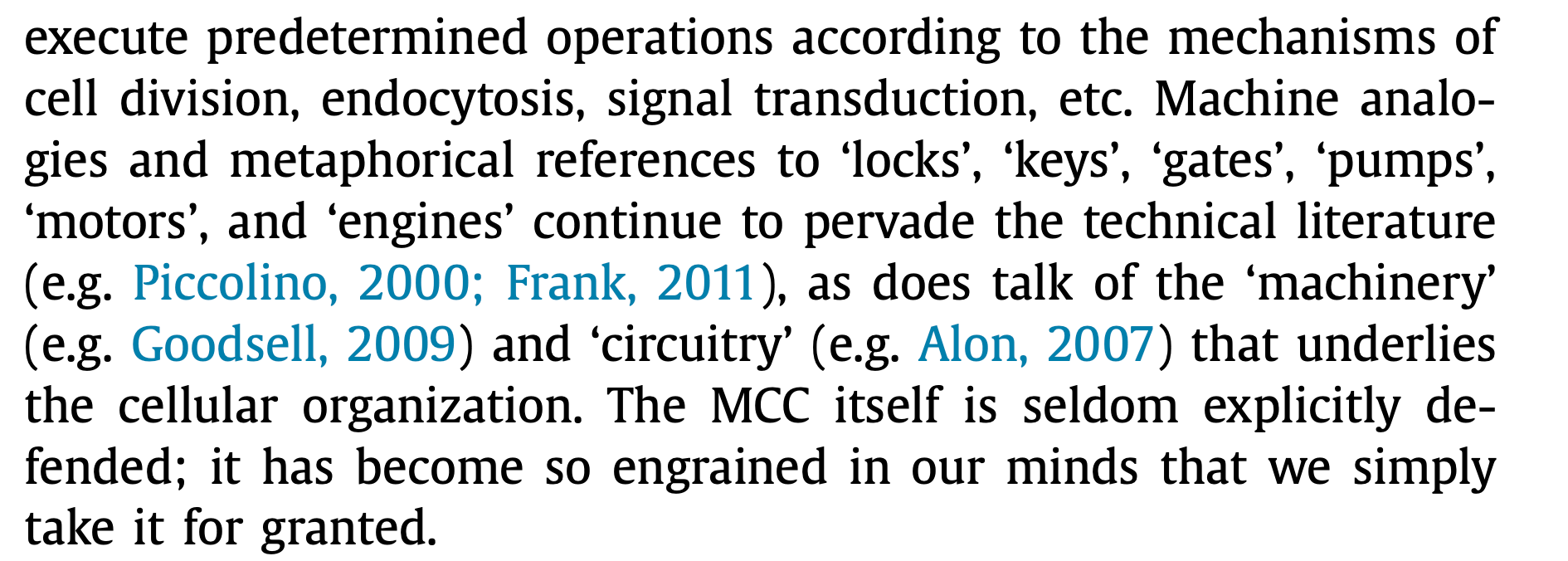
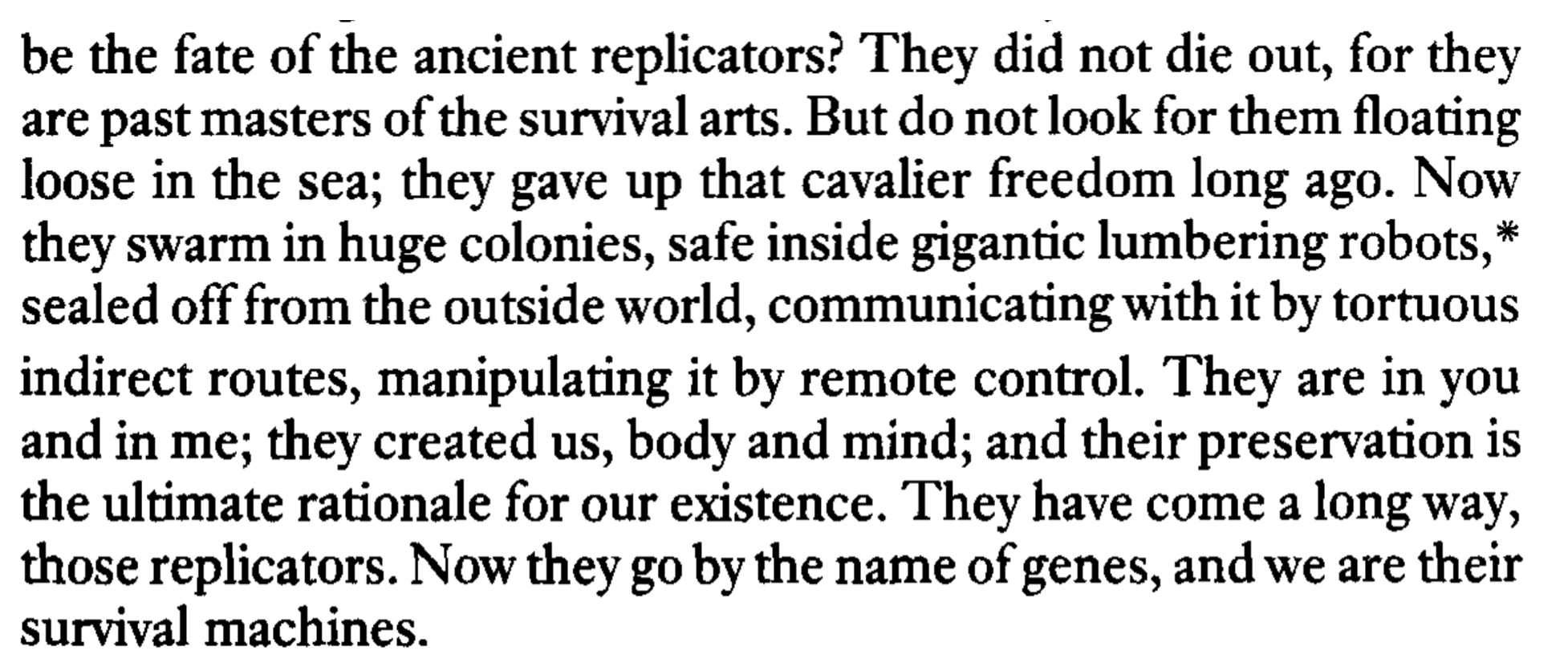
Life has gone from being a Darwinian struggle to being a mindless algorithm.
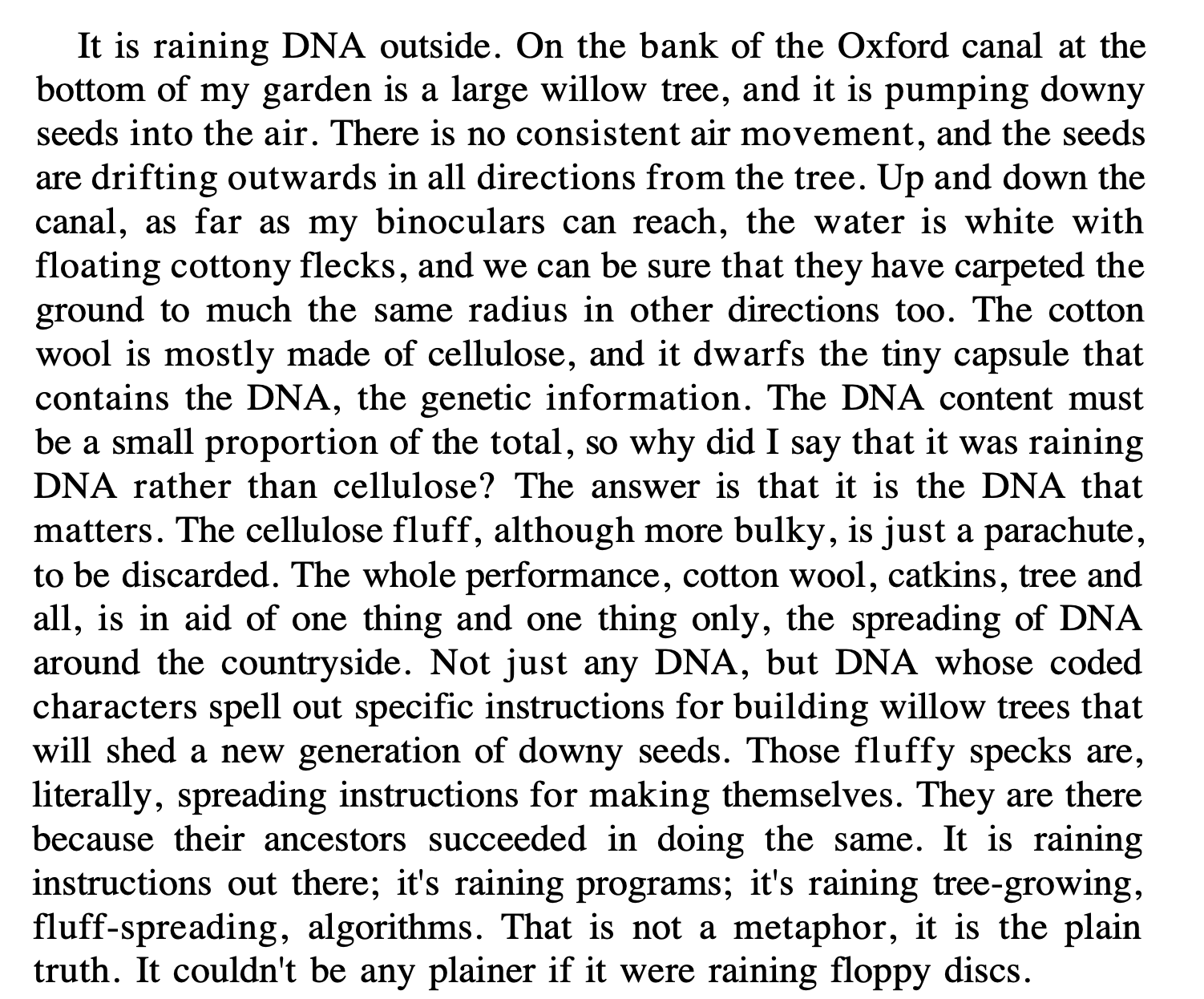
Most biologists don’t even think twice about machine-talk in biology. But they'll shudder if anyone ever mentions that organisms pursue their own goals like us humans. Somehow we've convinced ourselves that organisms are closer to dead things than alive things.

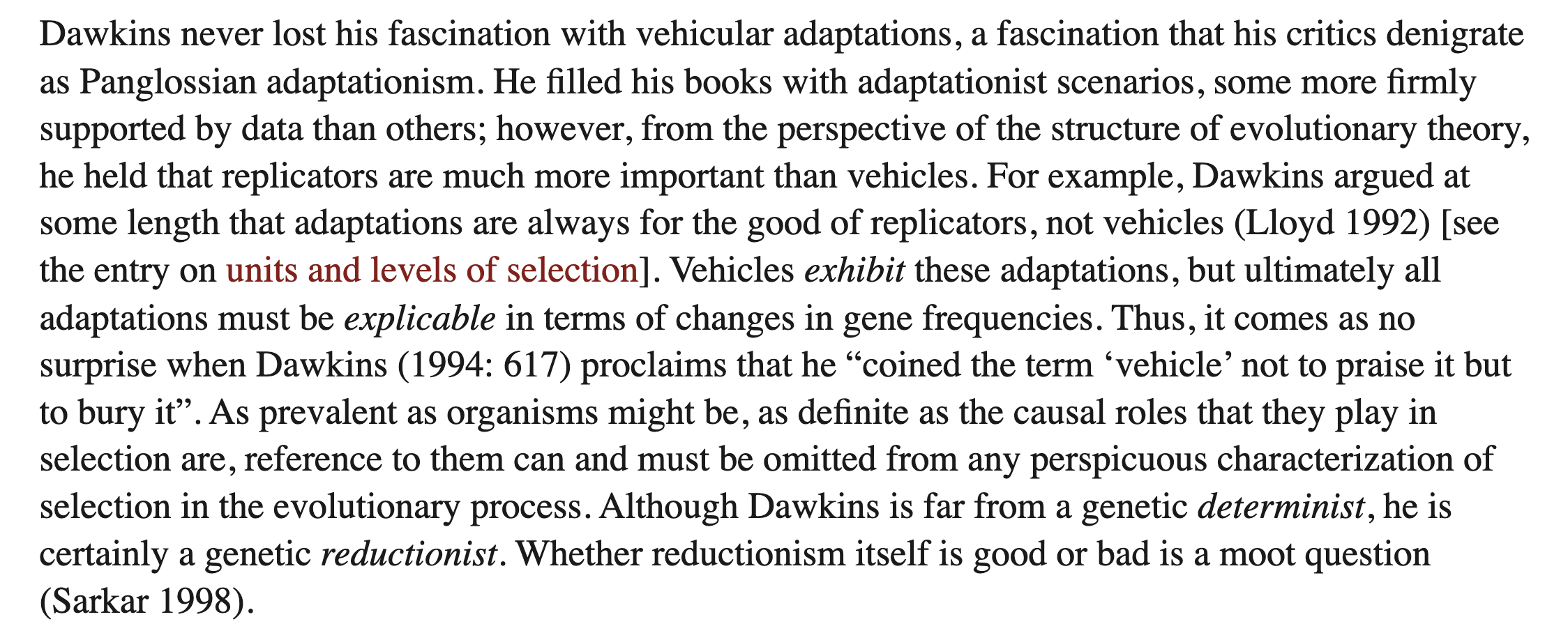
In this video, I’d like to outline a positive case for an alternative way of thinking about life. What if we took the agency of organisms seriously? What kind of theory could we build out of biological purposes and intentions? Would it even be scientific?
To begin to explore what a theory of biological agency would look like, I think it'd be helpful to go back to one of the classical examples of evolution.

When Charles Darwin visited the Galapagós islands in the 1830s, he noticed that there were a range of finch species across the different islands. Some had larger, more robust beaks that could crack open hard seeds whilst others had more slender nimble beaks that could snatch up insects.
Standard evolutionary theory explains that these different species must have come from a single population of finches that migrated to the islands long ago. The different environmental conditions on the islands then favoured certain birds to survive over others.
On an dry island with lots of hard seeds, birds with larger beaks would be more likely to crack them open and survive to pass on their big beak genes. Birds with smaller beaks wouldn't be able to eat the seeds and would therefore die off. Over many generations these differences would accumulate and we'd get the different species we see today.
During the 1930s, the mechanistic driving force behind this process of natural selection was clarified through the field of population genetics and lots and lots of maths. On the one hand population genetics was a huge success and saw evolutionary biology coalesce into a coherent field of study. But on the other, it required abstracting away very far from the life biologists allegedly wanted to study. Organisms went from being the central unit of analysis, struggling for existence, to being passive vehicles for genes.
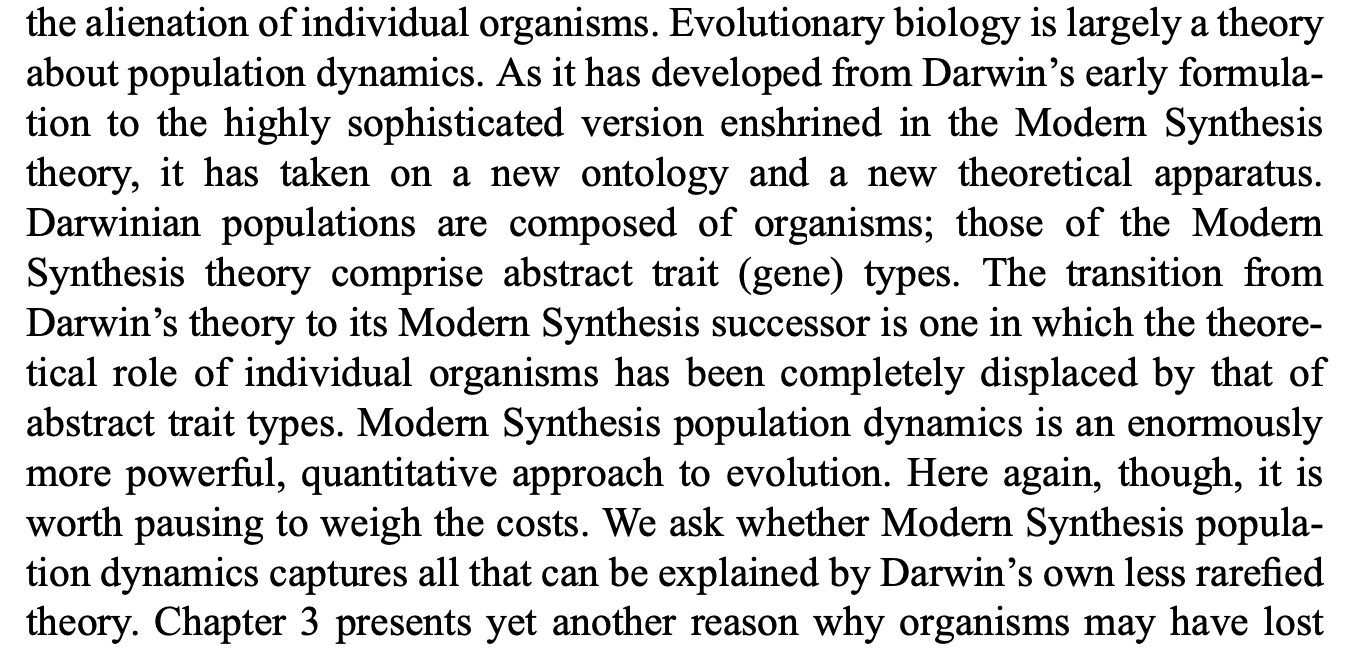
Modern evolutionary theory has added some bells and whistles to this picture allowing for things like ecological interactions, more complicated genetic mechanisms and developmental variation. But random mutations at the genetic level still remain the ultimate source of innovation.
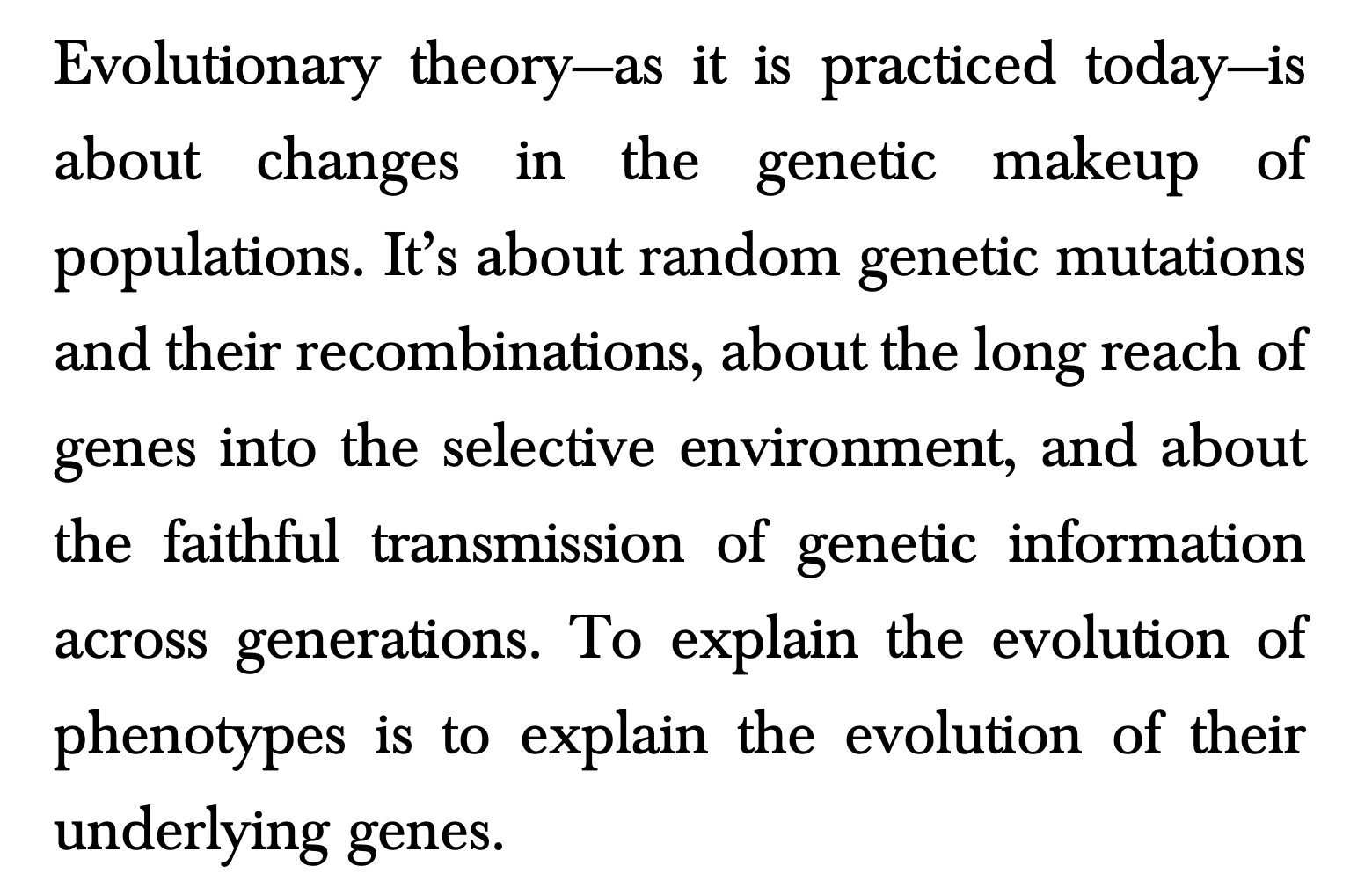
What if we questioned that central assumption though? What if novelty at the behavioural level came first and the genetics followed after? Sounds pretty crazy right?
Take these cockatoos in Sydney that have learnt how to open garbage bins. This complex behaviour has spread in recent years, much to the dismay of Sydney's residents. Researchers have managed to work out that this pretty funny behaviour has been spreading by cockatoos copying each other, not through the passing on of genes.
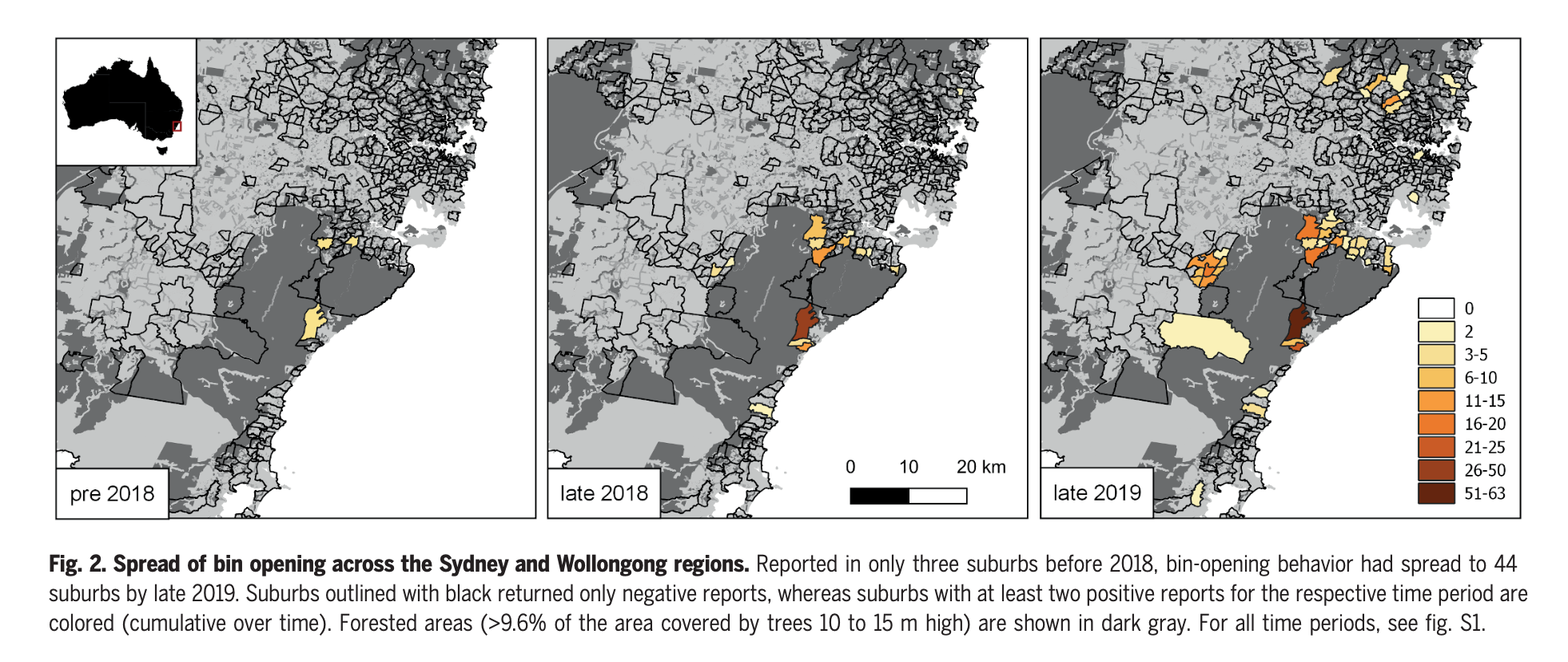
So this trait is more likely to have been acquired by exploratory learning, not from a bin-flipping mutation appearing in the population. Ecologist John Martin suspects that:
There were overfull bins, the birds started to somehow learn that there was free food in there, the cockatoos learned that, and then they figured out they could open the bins.
Can it really be scientifically justified though to say that a cockatoo has the 'goal' of opening the bin to get at the food inside? Or are we relying on bird consciousness or invoking some kind of weird causality here?
Standard causal explanations take the form of “present event X causes future event Y” (a neural circuit firing causes the cockatoo to open the bin). But in using the language of purposes we seem to be saying “future event Y causes present event X.” The cockatoo striving to eat the food inside the bin (a hypothetical future that hasn’t happened yet) causes it to open the bin in the present. This seems pretty suspect involving some mystical force from the future.
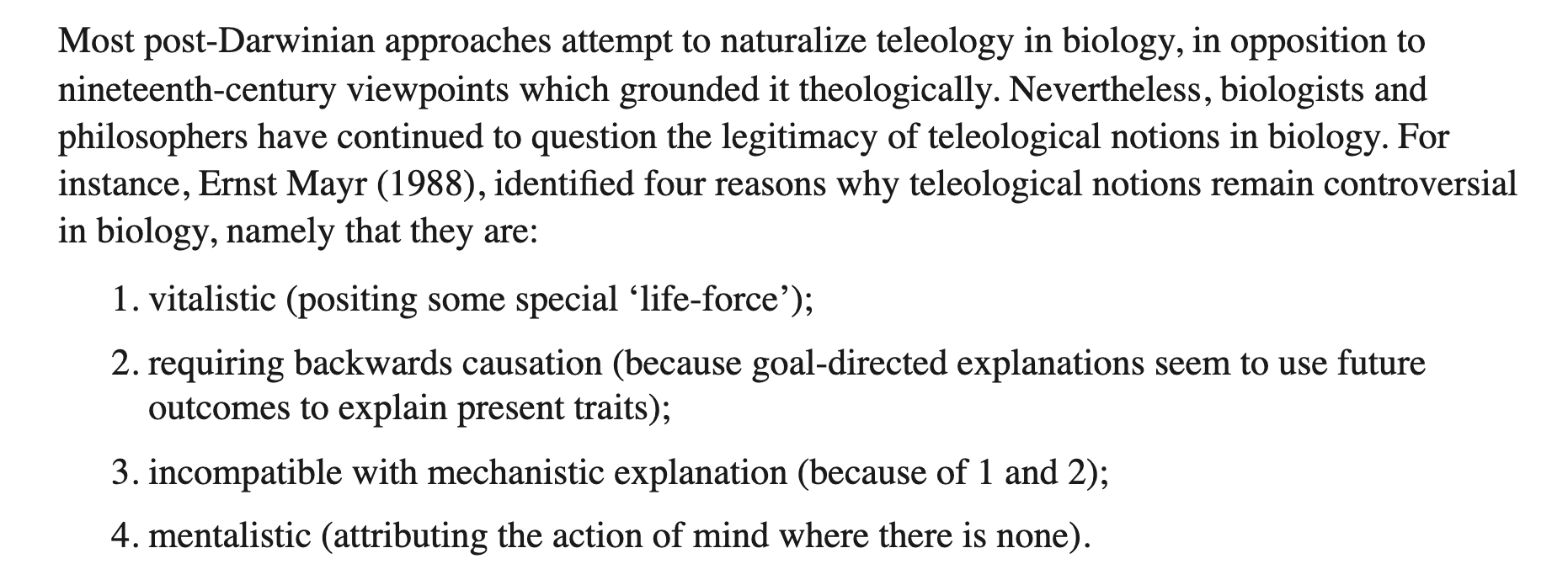
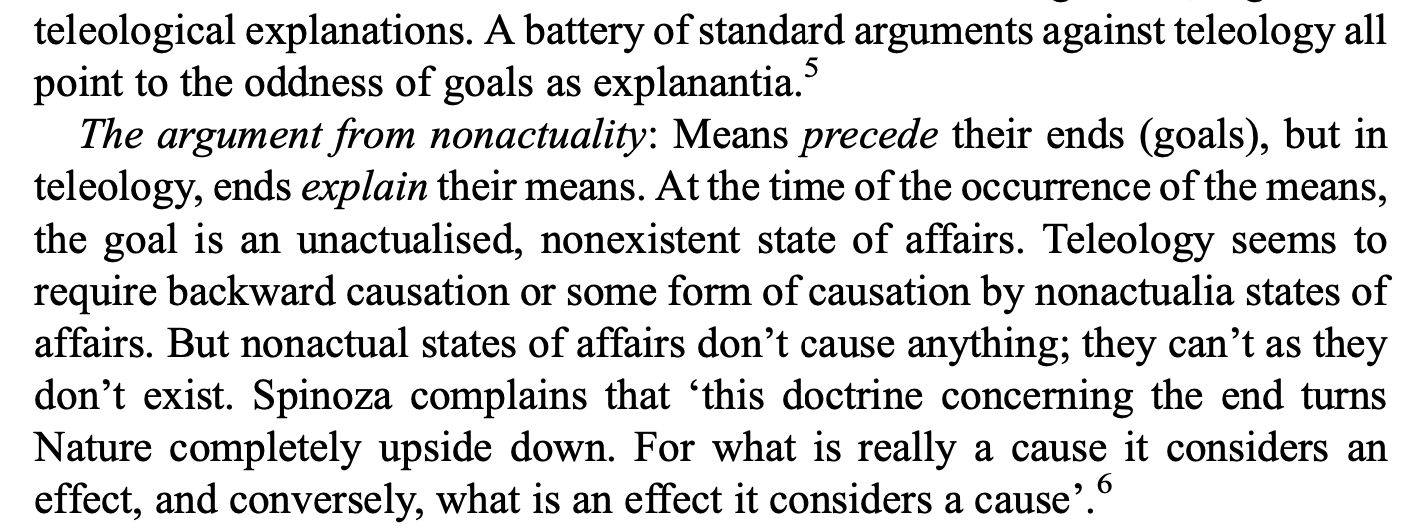
Of course we can get around this if we appeal to consciousness and say that the bird has a mental model it has constructed around opening the bin. But that would restrict our theory of agency to things that have a brain. It wouldn’t make any sense to say that a plant wants to grow its roots to find water, or that an immune cell wants to chase after a bacterium in order to keep it from infecting the body.

David Rogers
We can resolve all of these issues if we think of goals as robust states that organisms tend towards. This makes goals perfectly empirical phenomena that we can observe in nature at all levels of life, similar to what mathematicians call stable attractors.
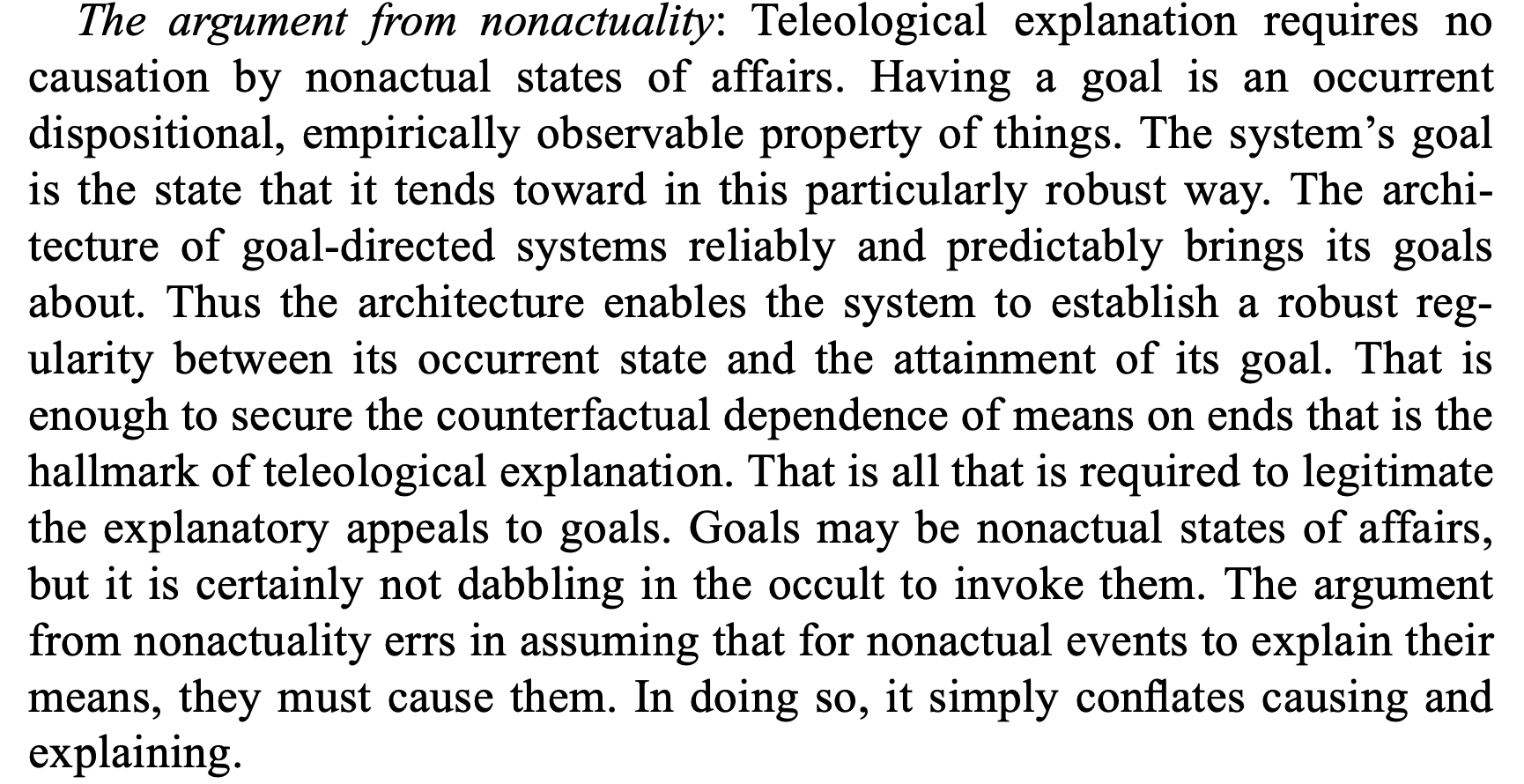
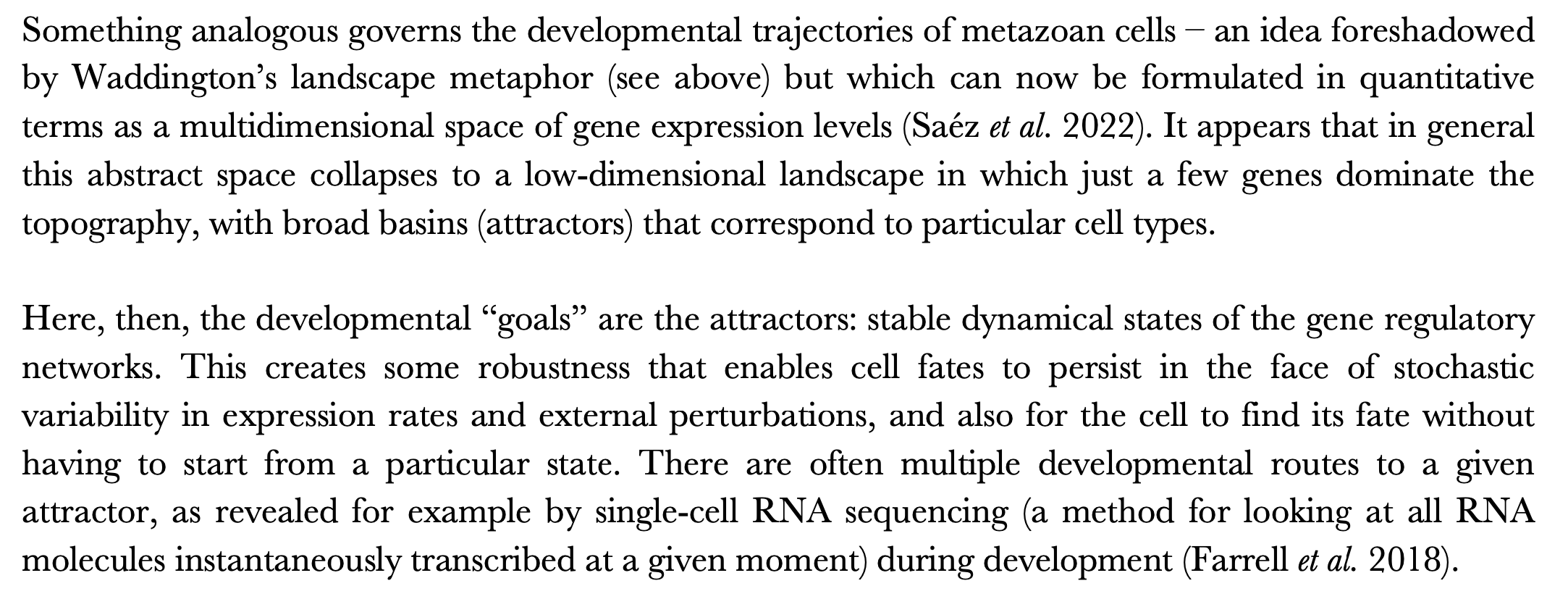
A seed in the right environment robustly tends towards becoming a mature plant. It might not always get there, but the tendency is definitely an observable regularity in nature. So then there’s nothing spooky going on for me to say that the seed has the goal of becoming a mature plant. Biologists Jong Gwan Lee and Daniel McShea have even come up with a method to measure goal-directedness.

Admittedly, this conception of goal-directed activity is pretty broad. Stable attractors appear in all sorts of non-living dynamical systems. Like, we could end up saying that clouds have the goal of turning into rain which might seem pretty weird.

Personally, ascribing goals to non-living systems doesn't really bother me that much since we don't have, and may never get, a proper definition for life - see this video for more on that.

Plus there are other ways of naturalising teleology that are more restrictive.

But putting those details aside, how does all this affect evolutionary theory? Well, rather than looking at organisms as passive objects pushed around by forces, we can see them as active agents that explore different behavioural strategies in order to survive.
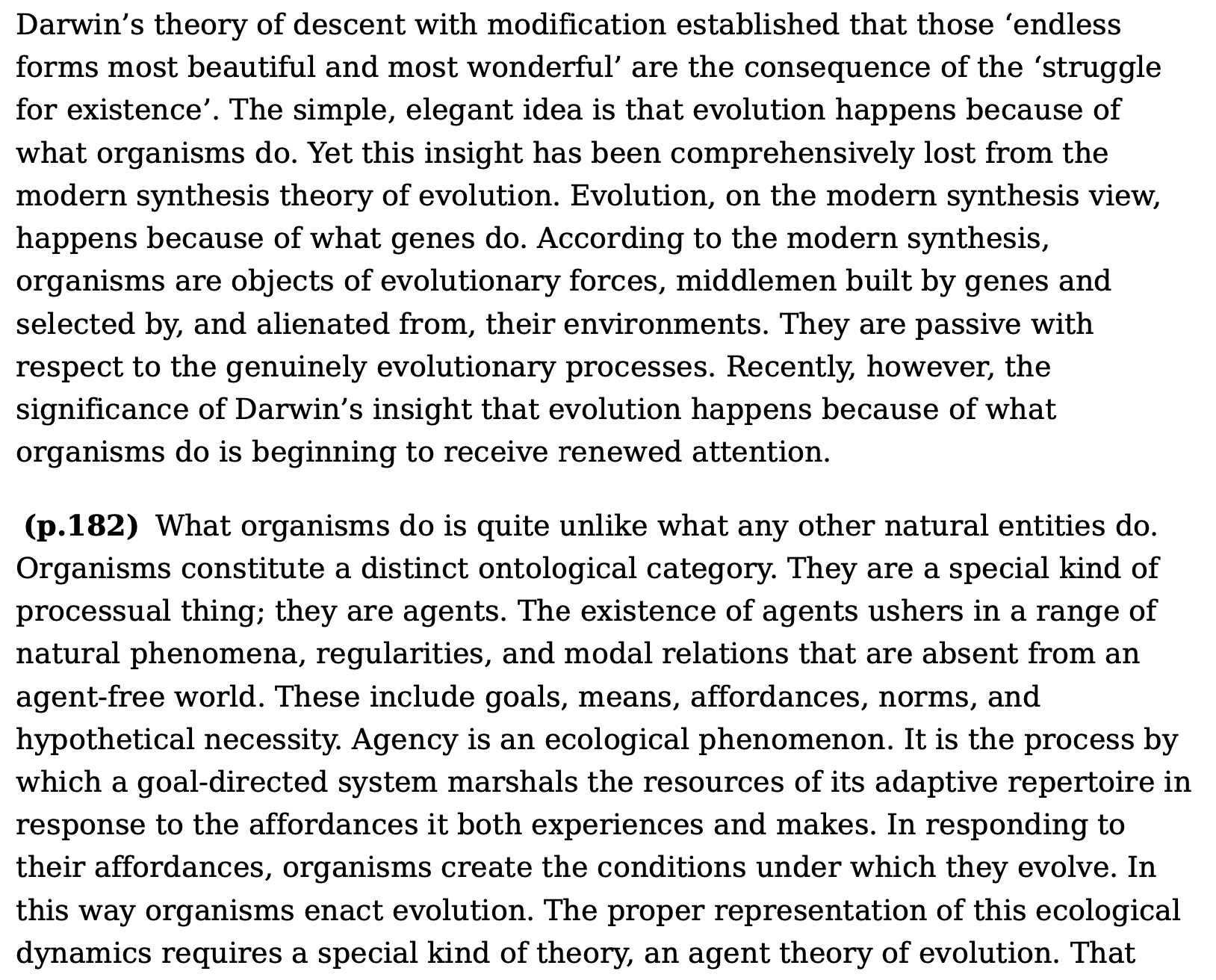
So to understand evolution from this perspective of biological agency, we not only need to know what the environment affords the organism, but also its goals and abilities, as well as its capacity to learn.

For the case of bin-opening in cockatoos, there have to be:
- Bins with food inside them, provided by the kind residents of Sydney,
- Cockatoos to seek out the bins and open them in a goal-directed manner, and,
- Cockatoos able to learn the behaviour through social copying and experimentation.
An organism’s behaviour can also shape its landscape of environmental affordances in the first place. Bacteria in a petri dish might produce byproducts that other strains of bacteria can consume. And trees can release nutrients into the soil which attracts fungi to come in and provide water and minerals to the plant.

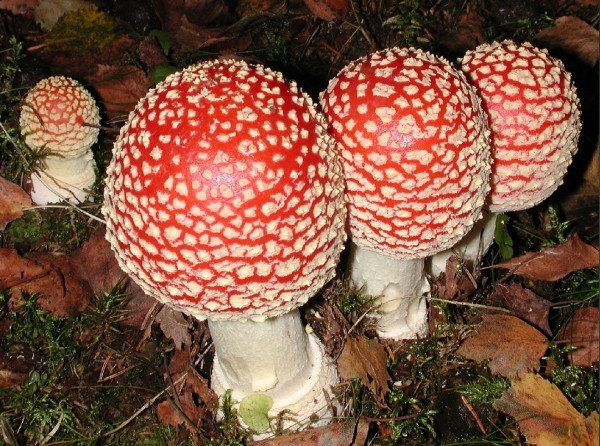
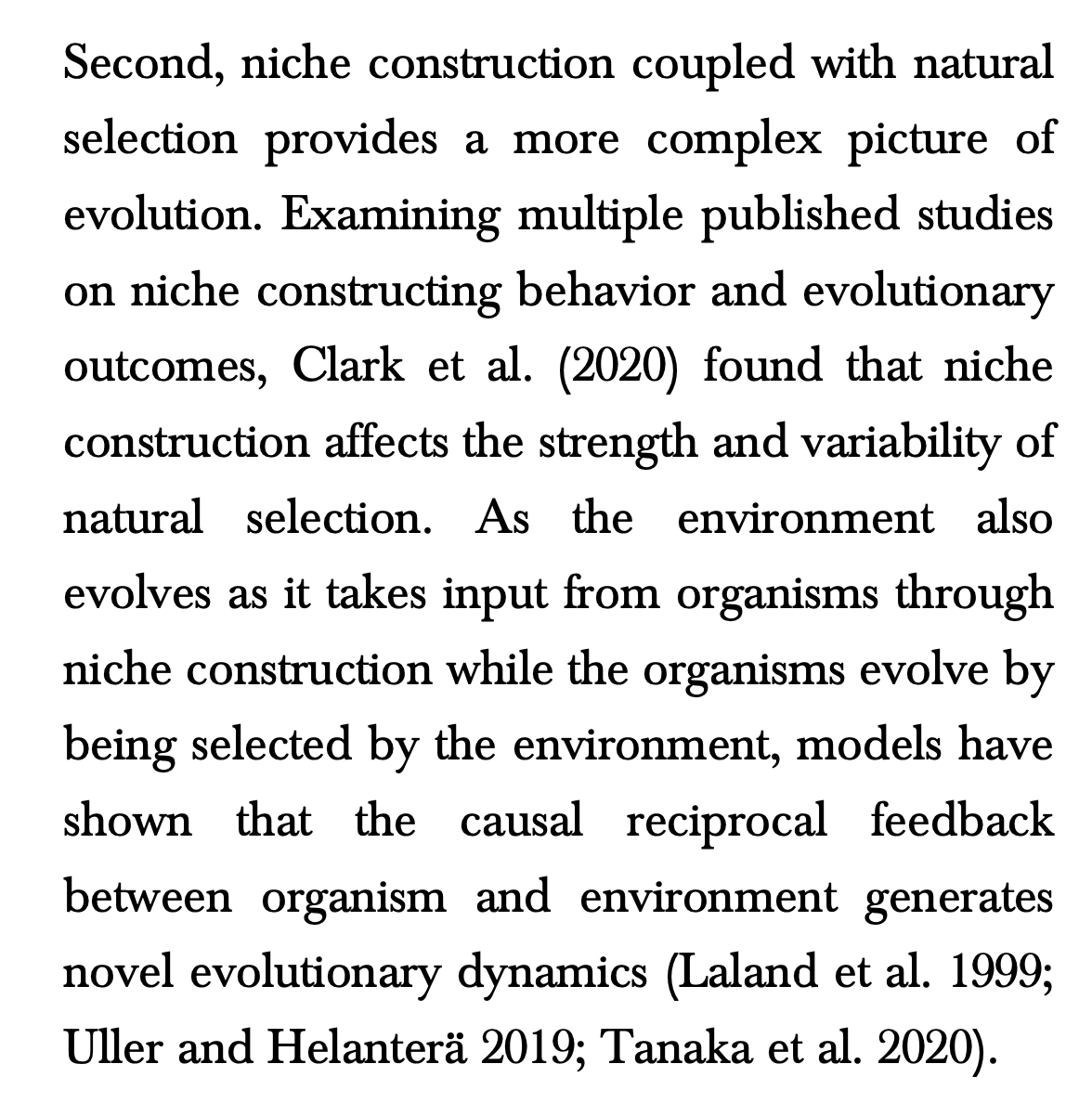
For our cockatoos, the bin-opening has caused Sydney-siders to put things like water bottles, brooms and bricks on top of the bins to stop the birds from opening them. But then the cycle of agency just repeats with the cockatoos working out how to overcome the pesky human inventions.
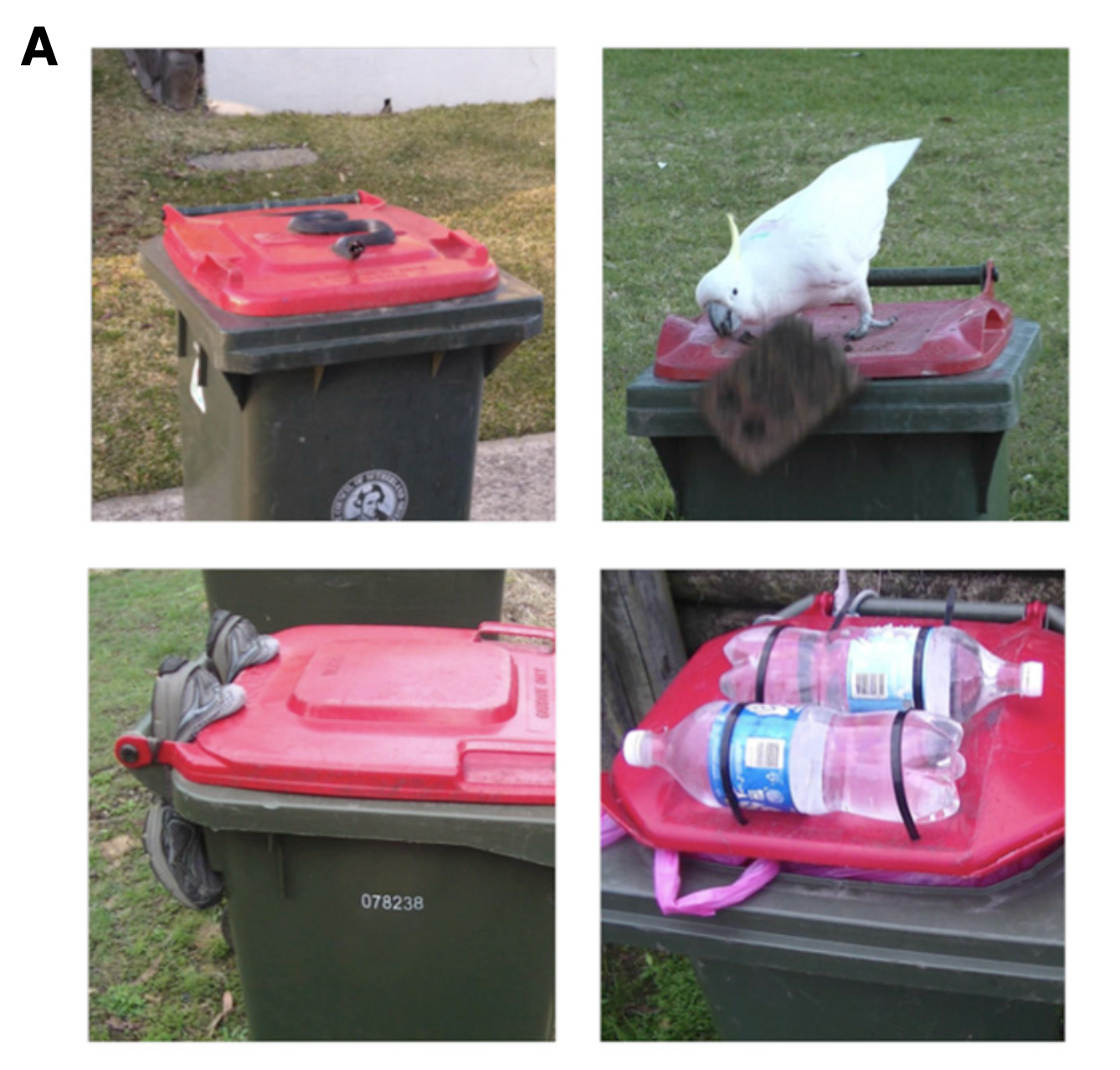
Does any of this really have an effect on evolution in the long term though? I mean it's nice to think of the ecological webs that organisms exist in, but surely all we have to care about in the long term are changes in gene frequencies right?
Here's where things get even weirder.
In one of my favourite experiments in biology, Conrad Hal Waddington, demonstrated that the gene's first view of evolution couldn't be the whole story. Waddington took a whole bunch of fruit fly larvae and exposed them to ether vapour. While most still developed normally, some of the larvae developed a second thorax and four wings instead of the usual two.
He then took the ones that had this trait, bred them together and exposed their offspring to the same ether vapour. After repeating this process for 20 generations, Waddington discovered that the flies would now develop double thoraxes without needing the vapour.
How could this possibly work? Well, Waddington developed the concept of genetic assimilation to explain his results and to understand that, we'll need to go to Waddington's landscape which I talked about in detail in this video.

In this model of how your genetics work, genes are these paddles in the middle, the bins at the bottom are different traits like a single or a double thorax and the ball falling represents the process of development from single celled embryo to adult.
Under normal environmental conditions, the fly's development will tend to end up in the single thorax bin. But when exposed to the vapour, it's like the ball has been nudged onto a different part of the landscape making it land in a different bin.
Waddington theorised that across many generations, the landscape or the developmental system as a whole would shift to accommodate this change, if it kept on happening, and was also a useful adaptation. This could happen by standard natural selection at the genetic level. But importantly, this selection was only made possible by the initial nudge of the environmental factor.
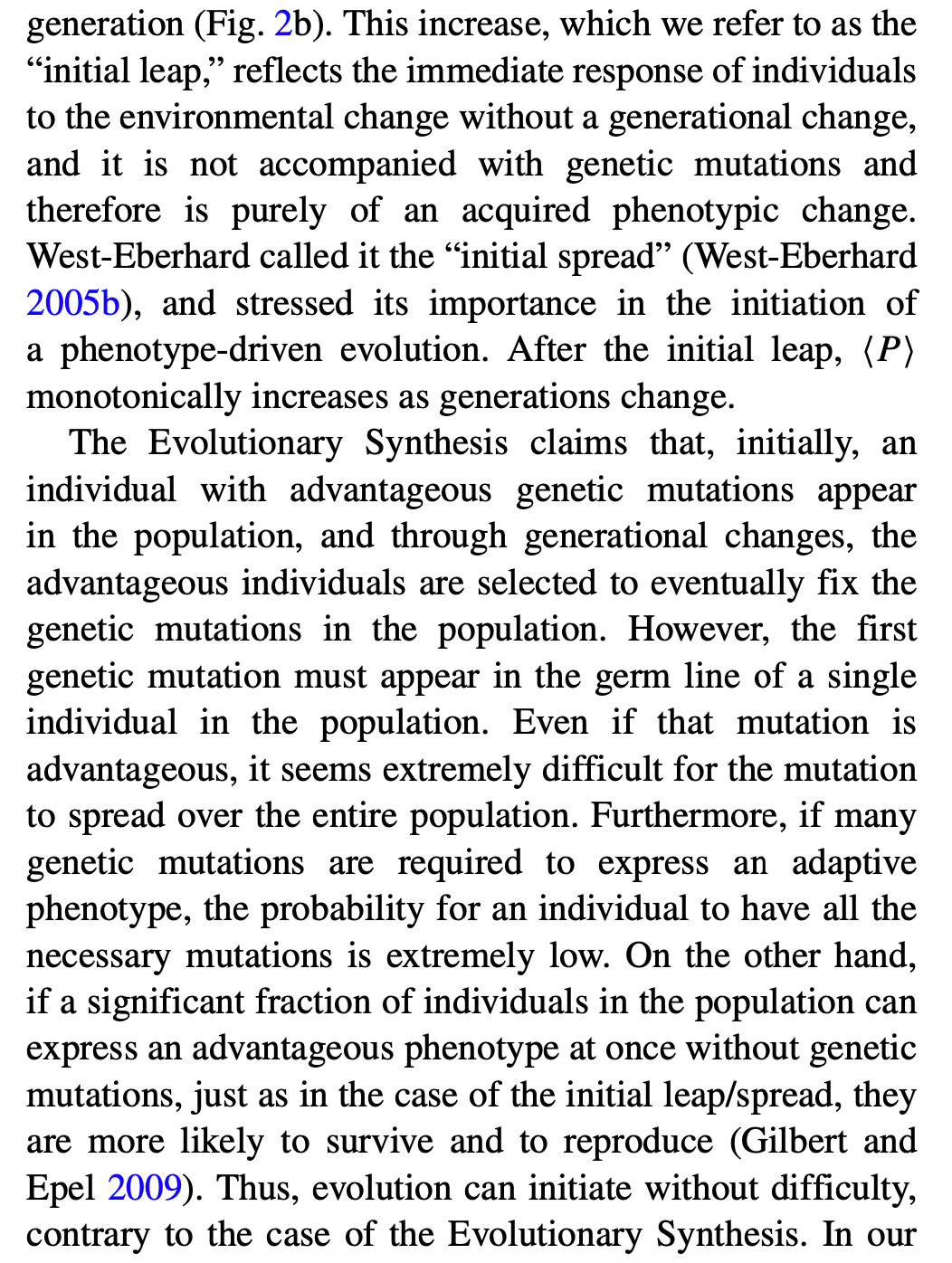
Once natural selection has done its thing over many generations, eventually you wouldn't need this initial bump any more to end up in this new part of the landscape. It would just happen naturally and at this point the trait has been assimilated into the genome.
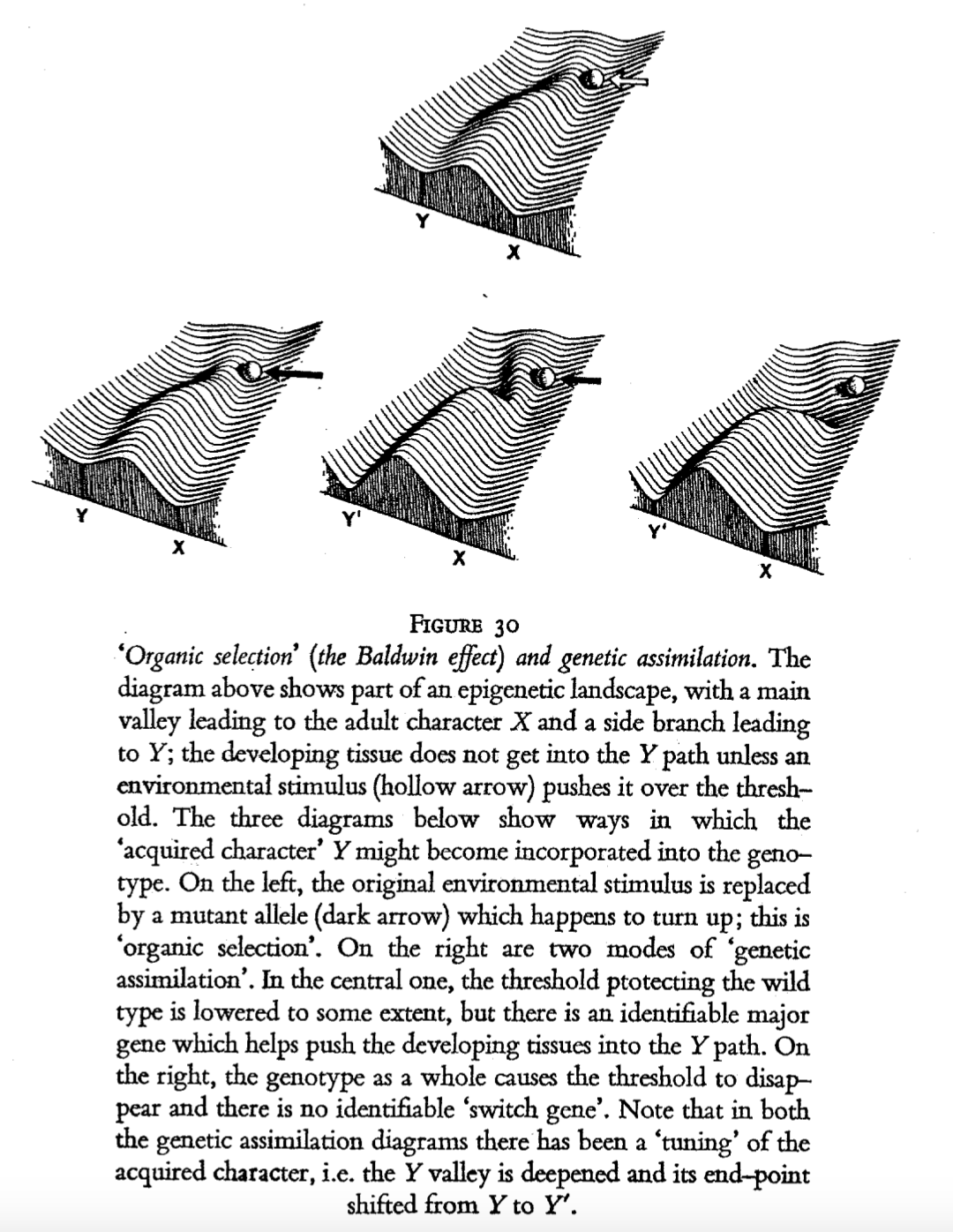
Although initially controversial, Waddington's theory of genetic assimilation has been largely vindicated by a number of examples from snakes on islands in Australia to caterpillars and bacteria. Environmentally induced traits really can cause long lasting genetic changes.
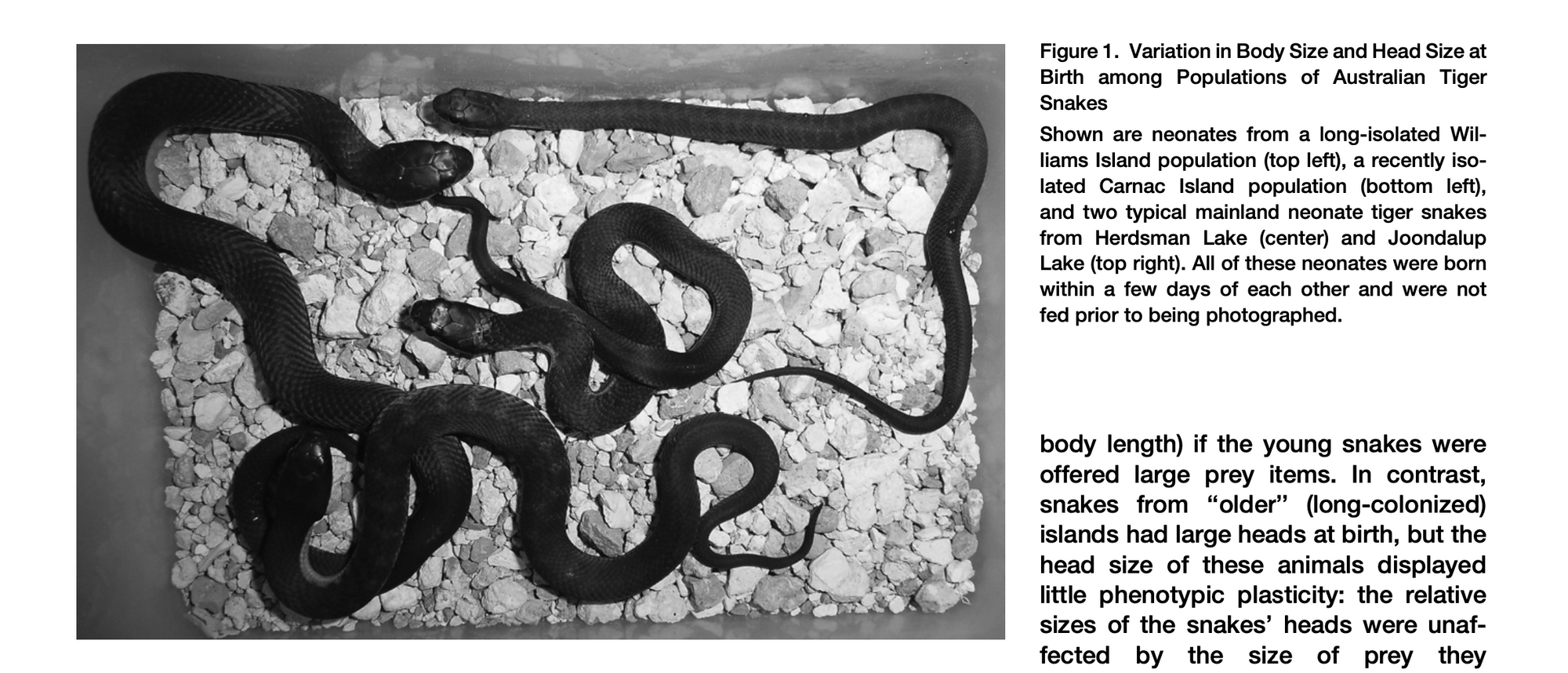
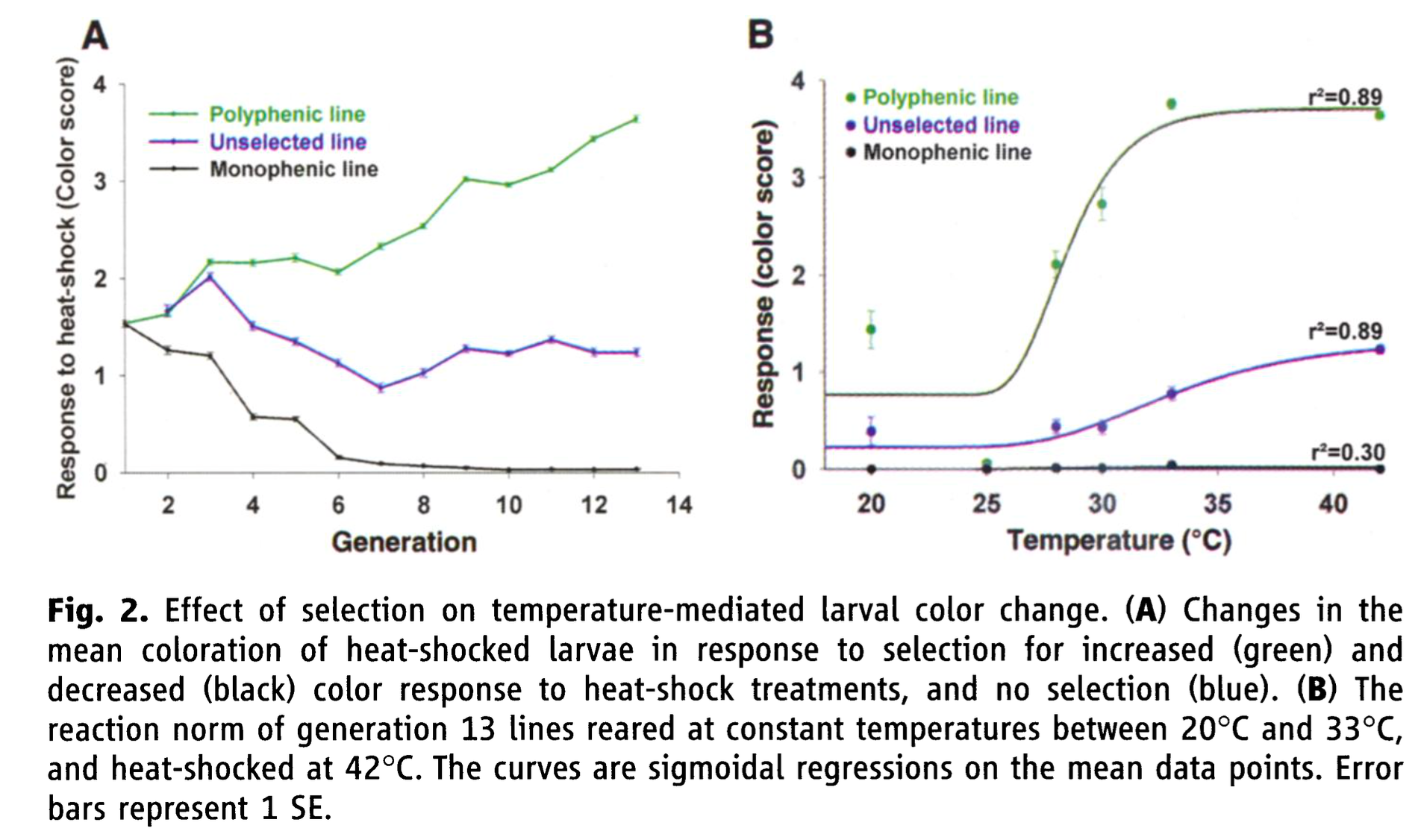
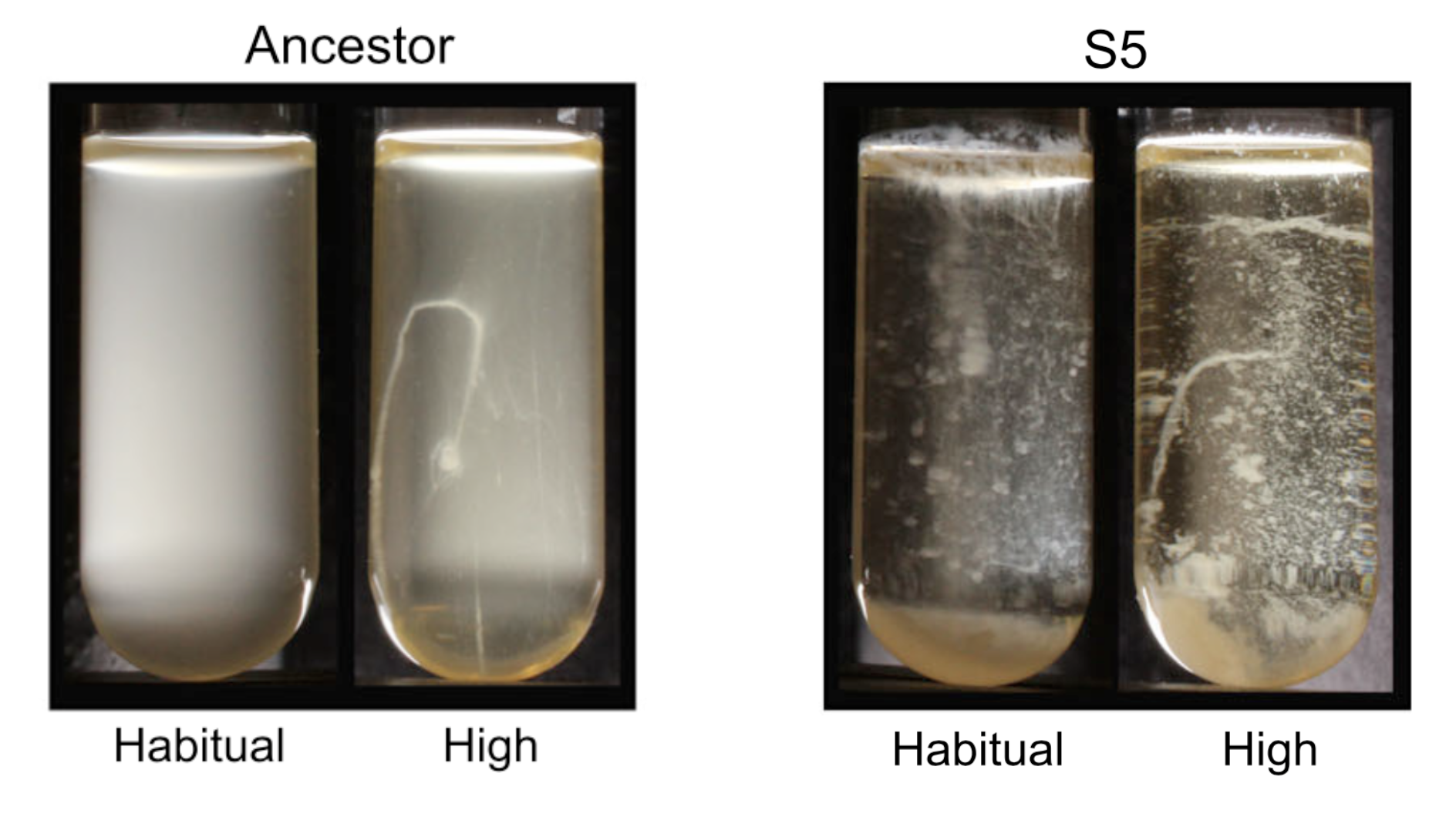
Putting it all together, we get this alternative account of Darwin's finches that’s actually much closer to the struggle for life story we see in The Origin of Species.
An initial population of finches from the mainland arrives in the Galapagos archipelago. On each of the different islands there are a range of potential food sources that the birds haven't seen before. Rather than blind natural selection filtering out different birds, the finches themselves now begin to bring about their own evolution. They start to experiment: some use twigs to get bugs out of tree holes, some manage to eat the flowers that grow on the island's cactuses, some peck sea birds and work out they can drink their blood like vampires and some crack open eggs twice their bodyweight.
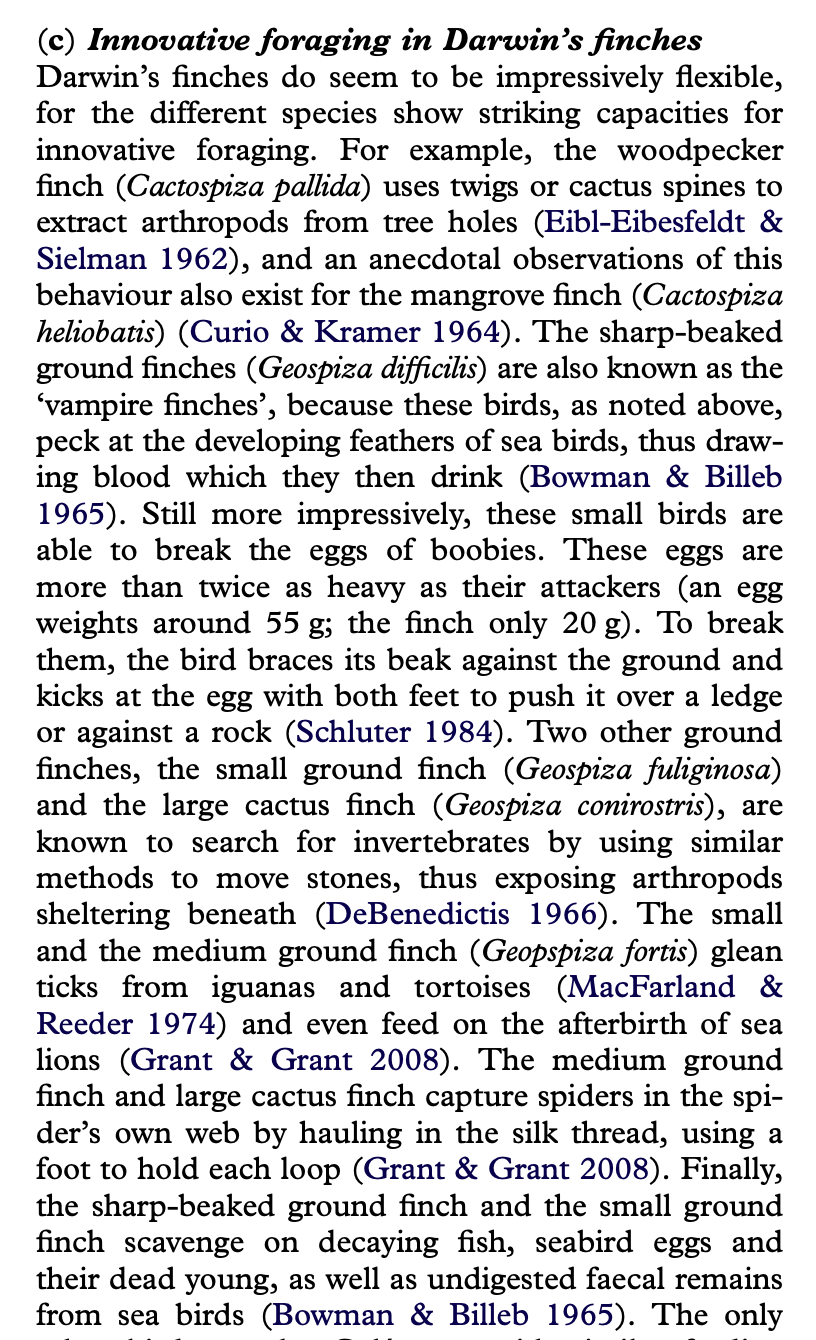
The struggle for existence causes them to explore their new environments in all sorts of new ways - not random genetic mutations. The birds on each of the different islands eventually settle on different strategies and goals as time goes on, and over many generations, these behaviours become assimilated genetically.
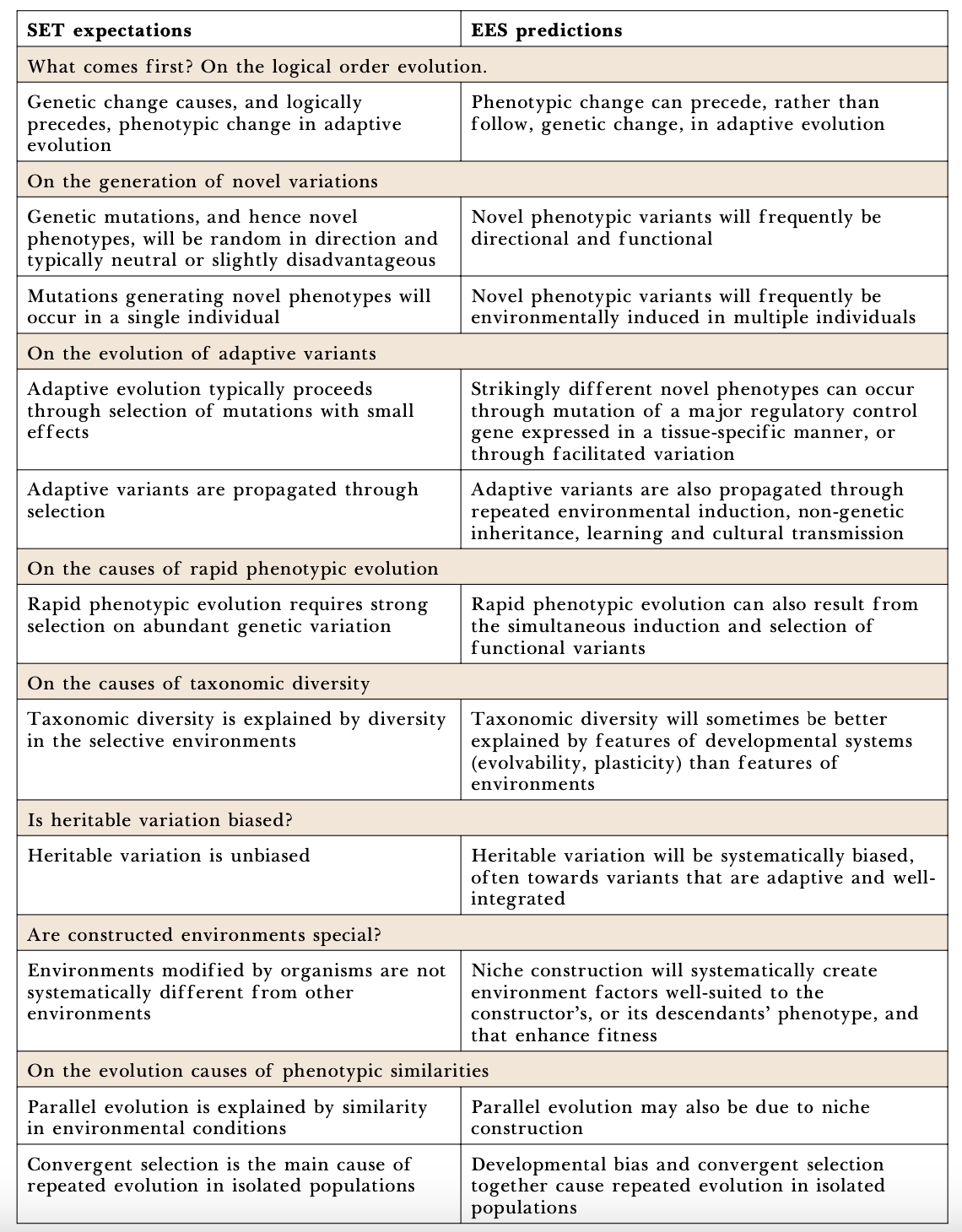
Instead of genetic differences in beak shapes being the drivers of evolution like before, genes are now followers, lagging behind the behavioural experimentation which now comes first.

From this perspective, the diversity among the finch species is a direct consequence of the incredible flexibility and curiosity of these birds. This explains why they diversified, while other less flexible bird species that also migrated to the islands didn't.
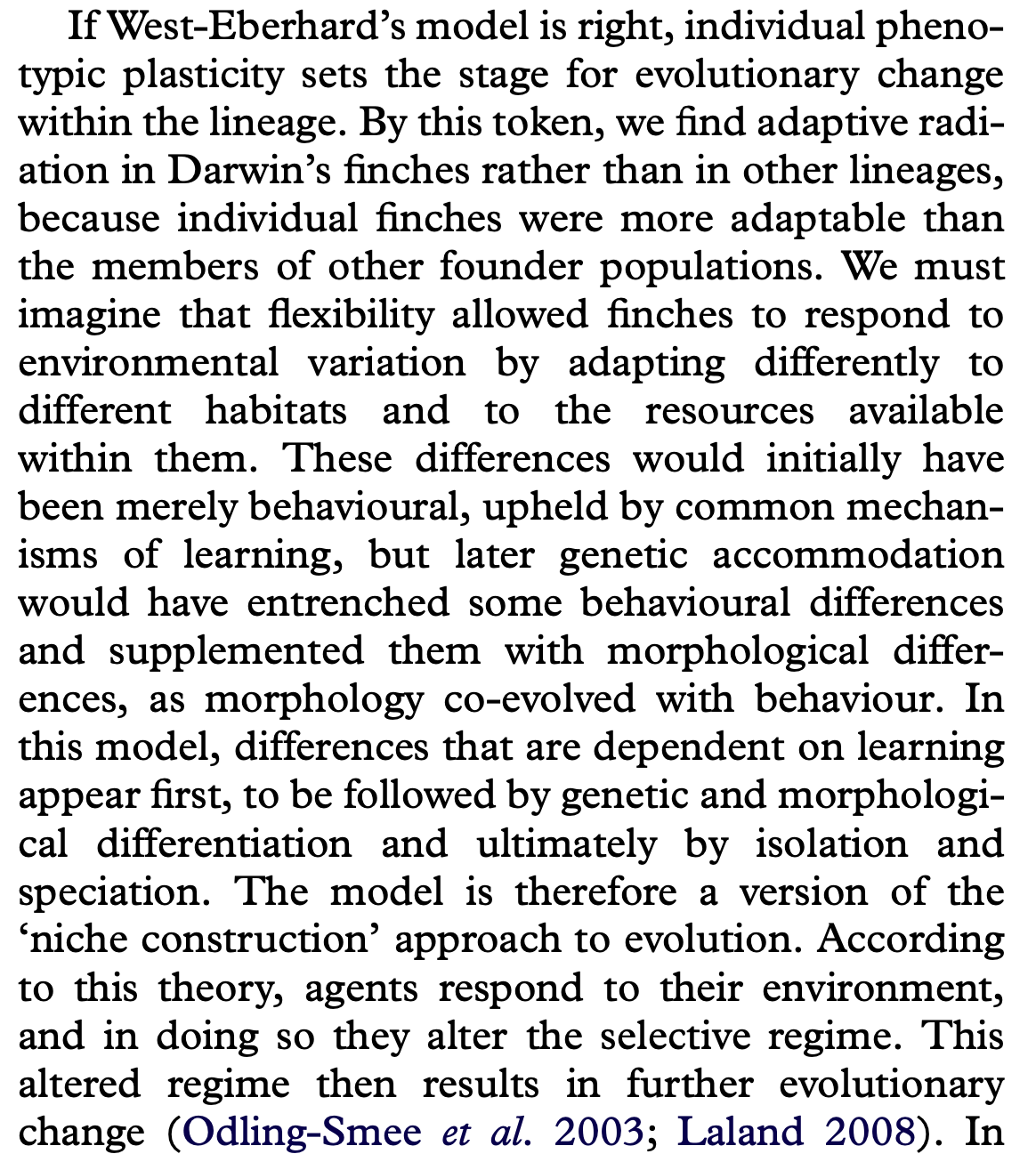
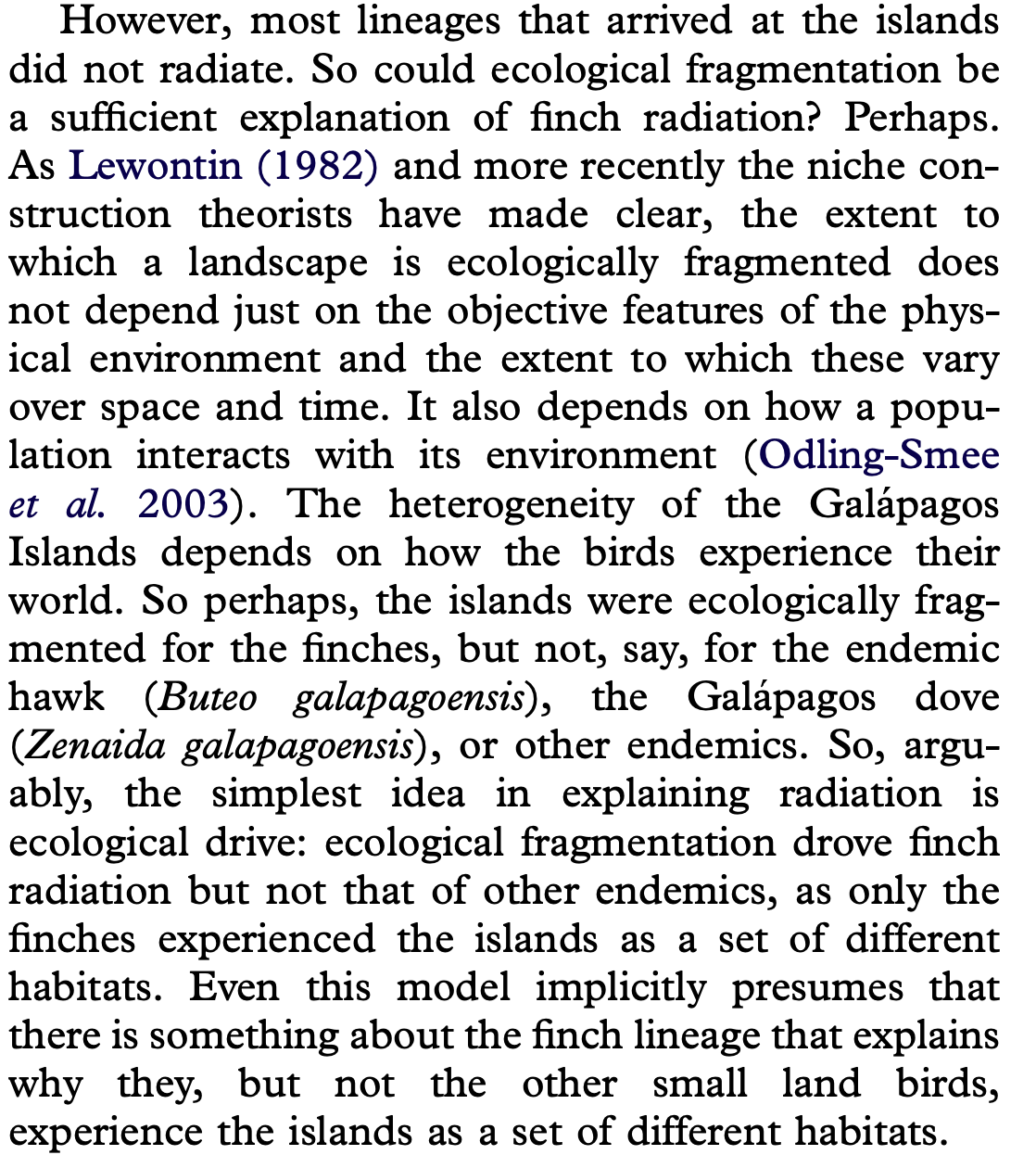
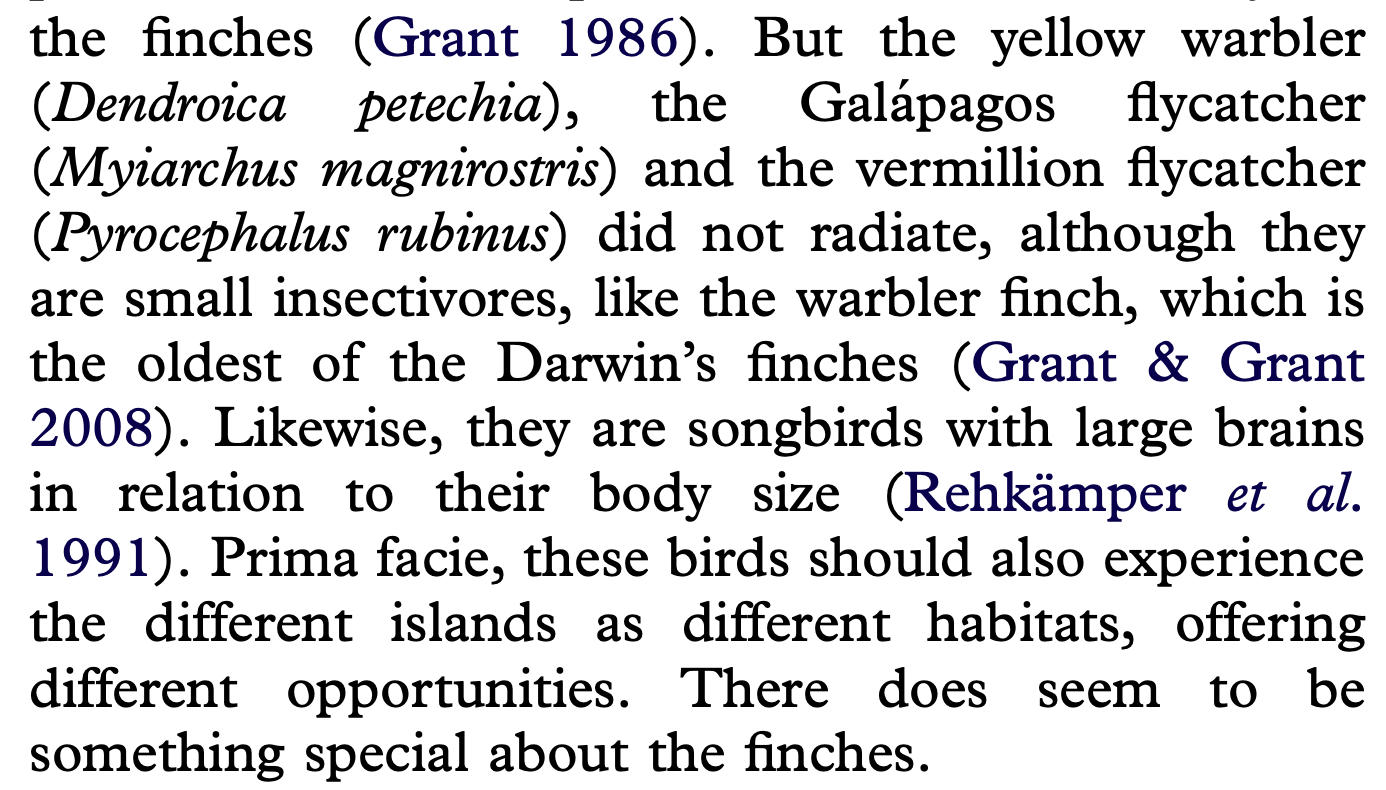
This is known as the flexible stem hypothesis and it hasn't actually been proven for the finches. But it, together with this whole agential perspective does give us a heap of interesting questions to ask like: how exactly can we measure behavioural innovation? How do organisms recognise and learn about environmental affordances? Where do goals come from? What entities can have goals? And perhaps the biggest question, how does true organismic agency impact evolutionary change?
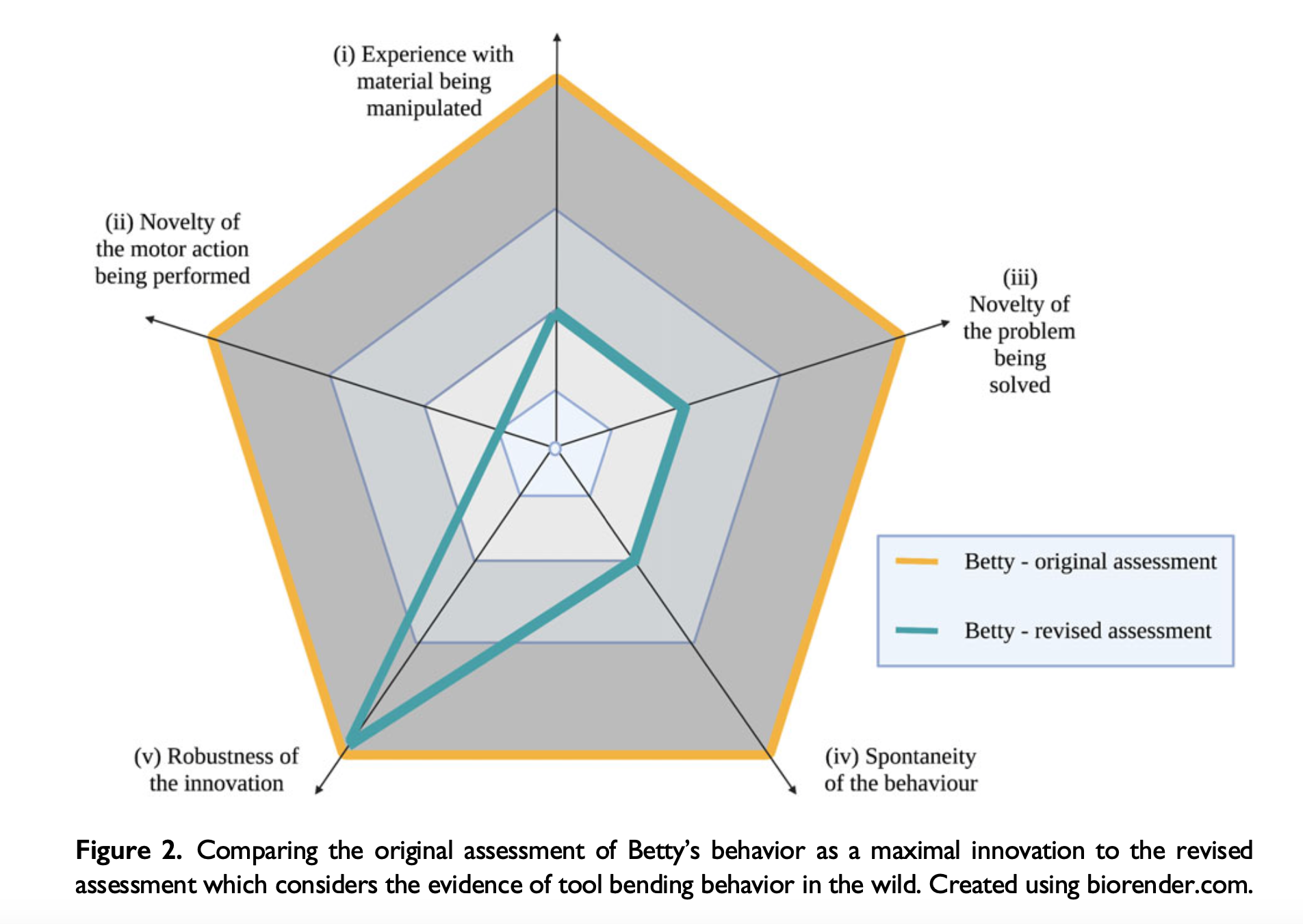
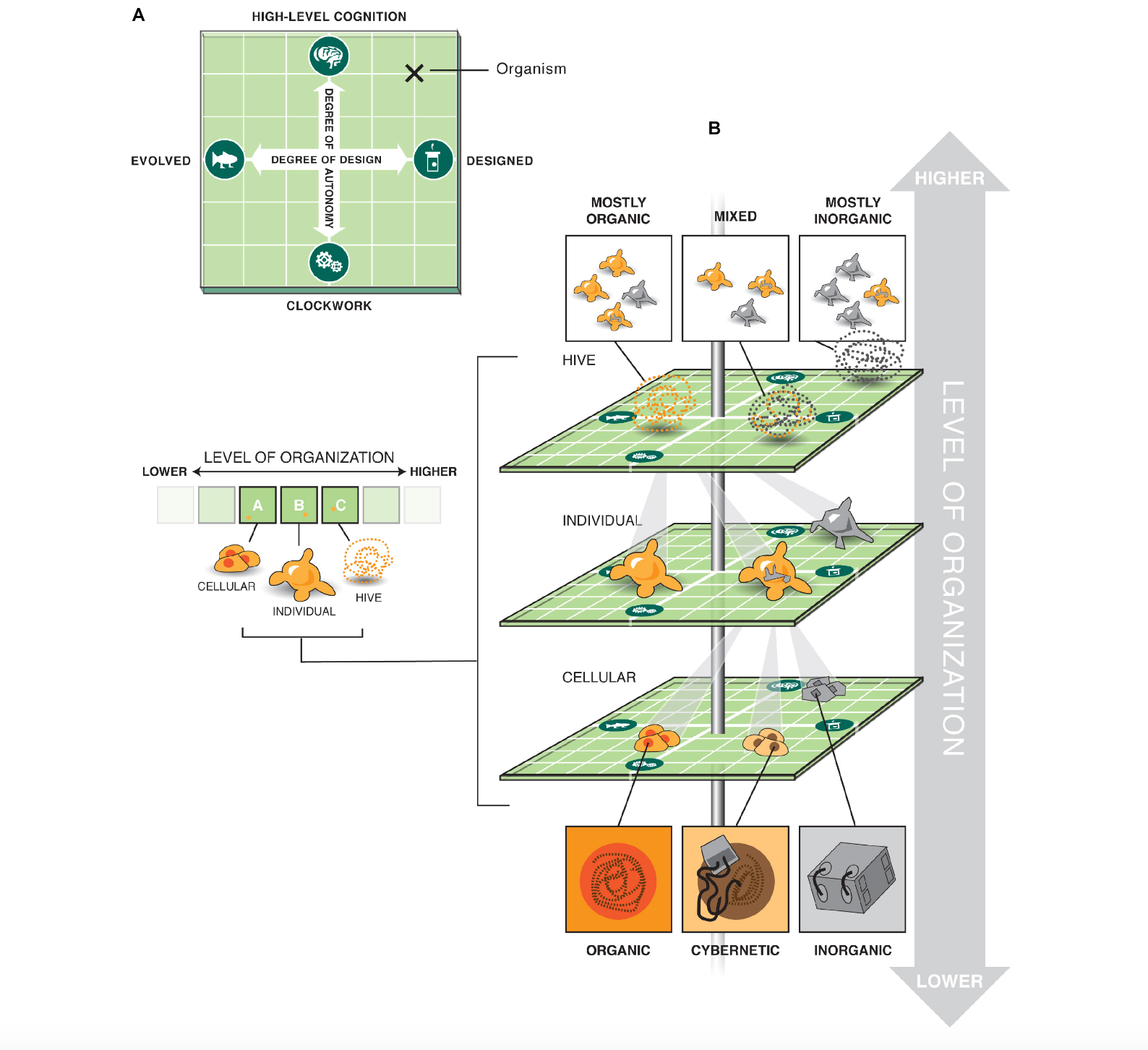
Taking agency seriously doesn't mean we should ignore the remarkable tools that come from standard evolutionary theory, which have served us well over the past 100 years. But we also shouldn't continue to ignore biological purpose and the struggle for existence when it is obvious - like a white blood cell chasing after a bacterium or a curious cockatoo trying to sneak into a bin.
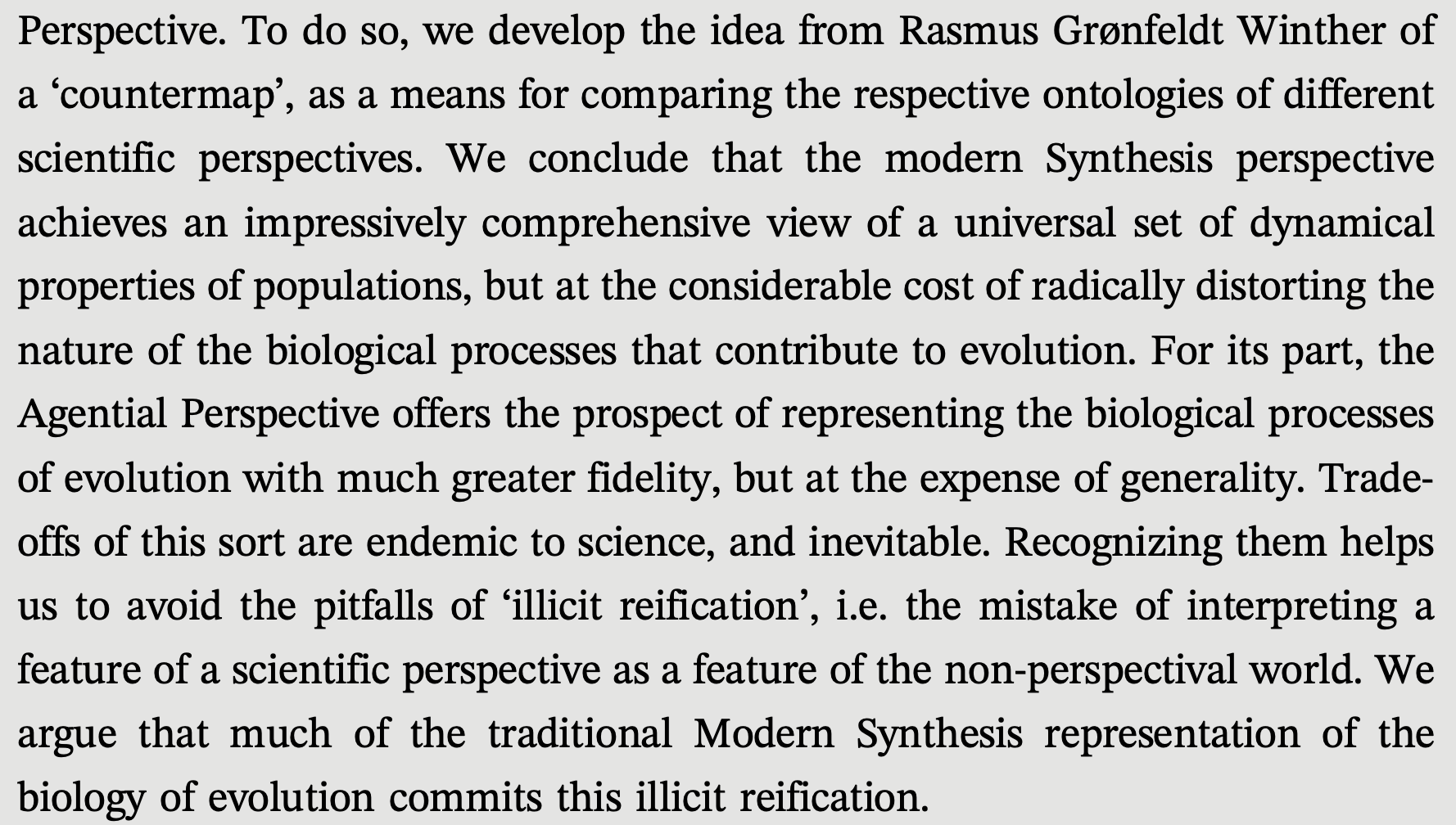
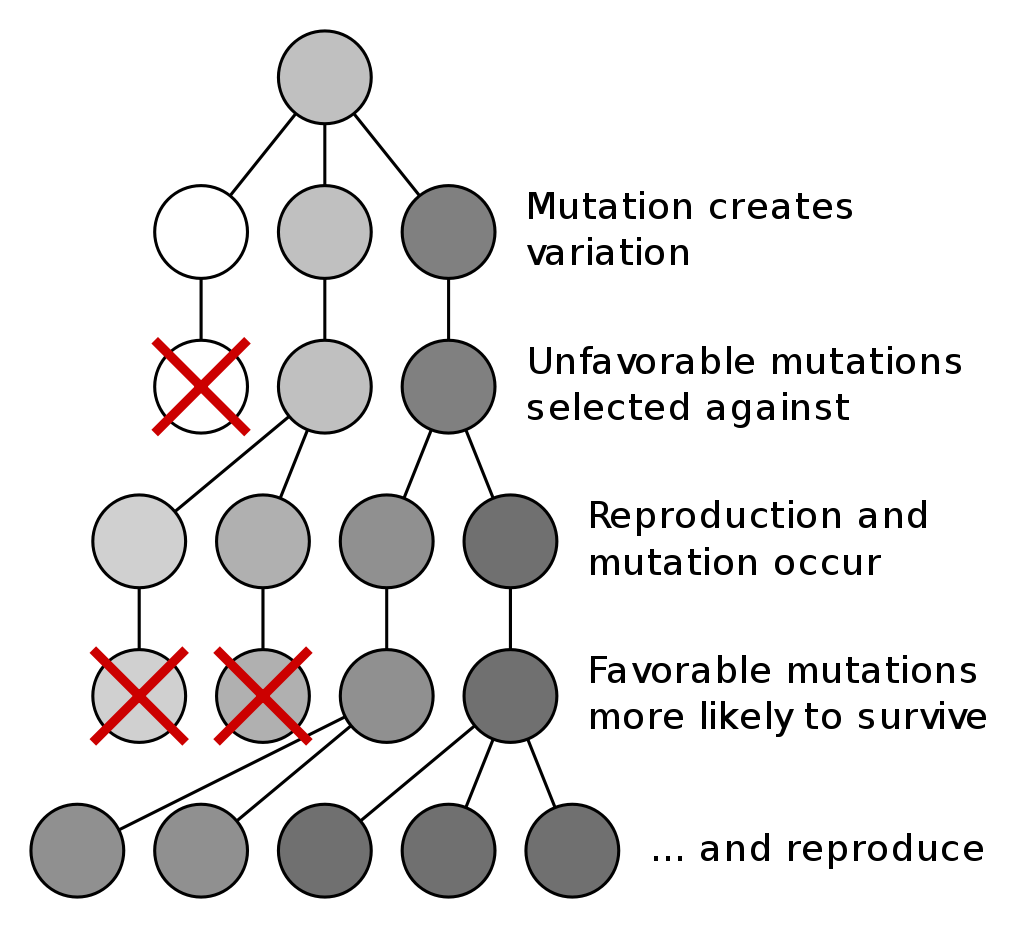
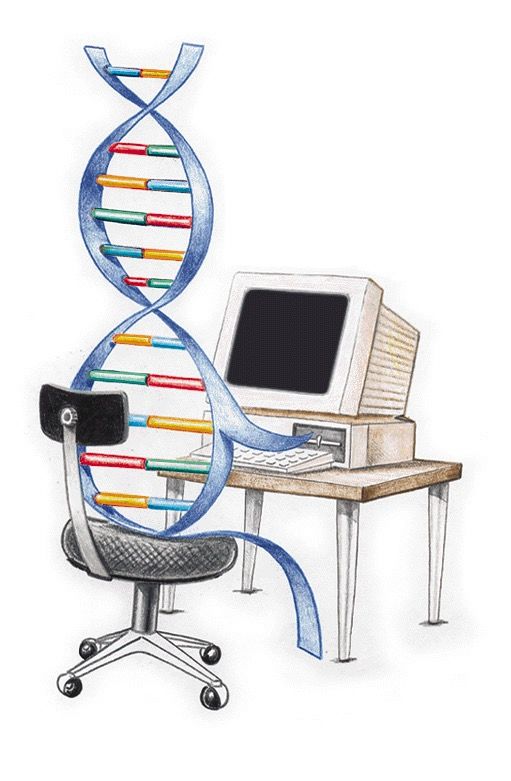
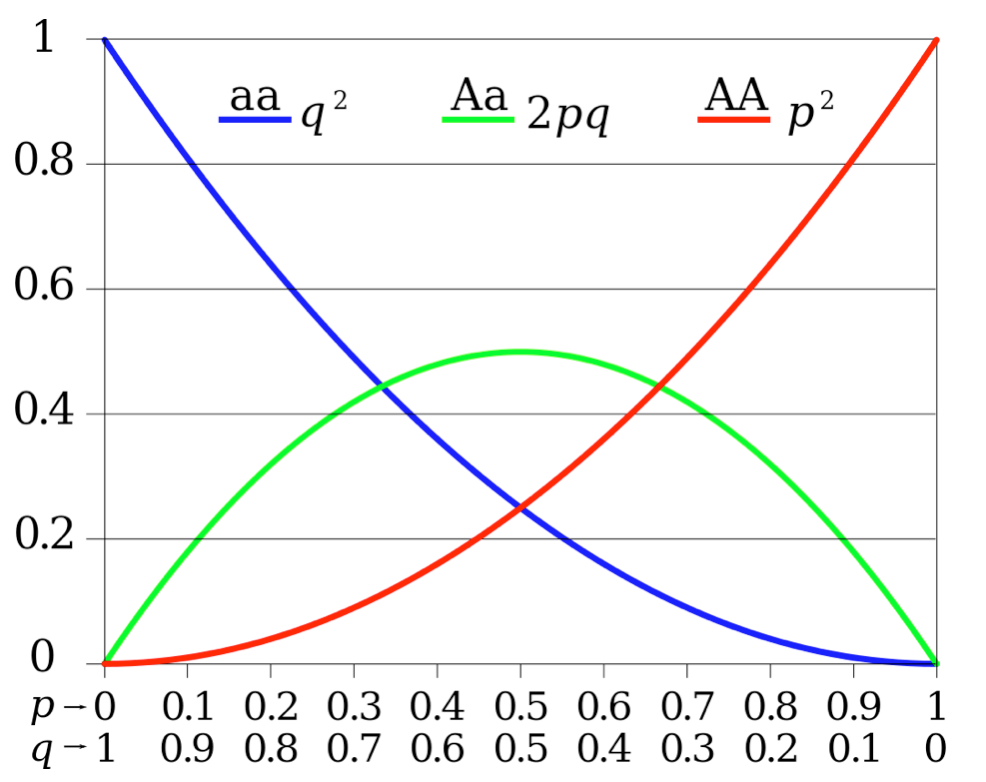
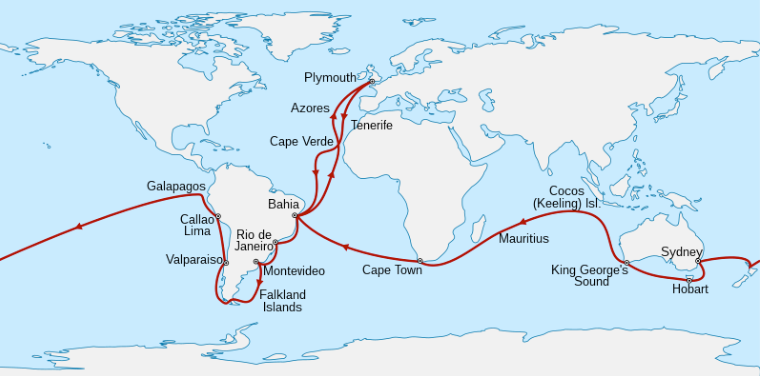
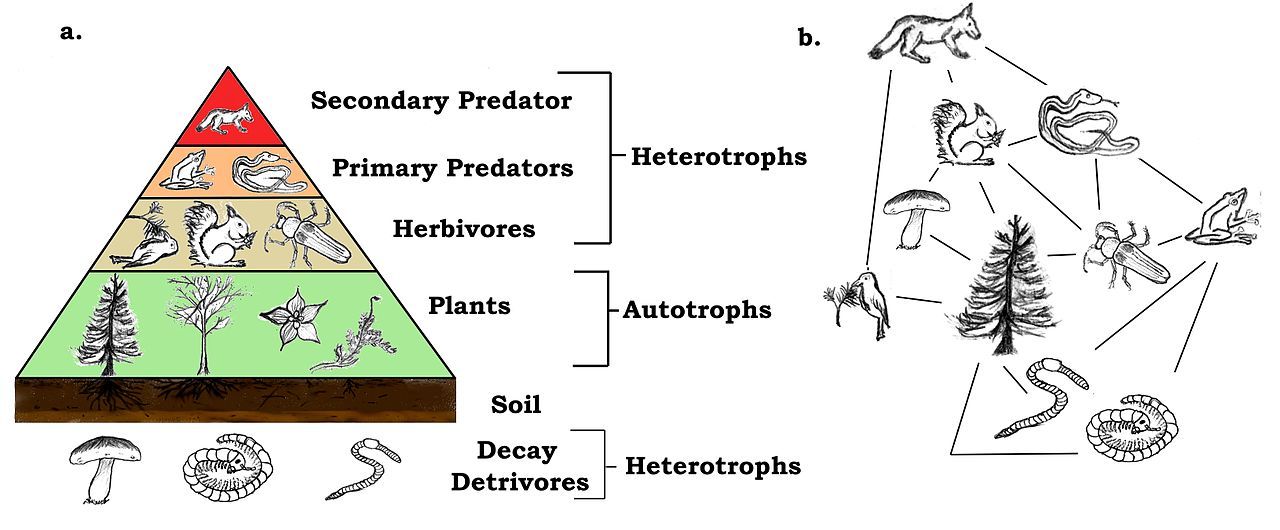
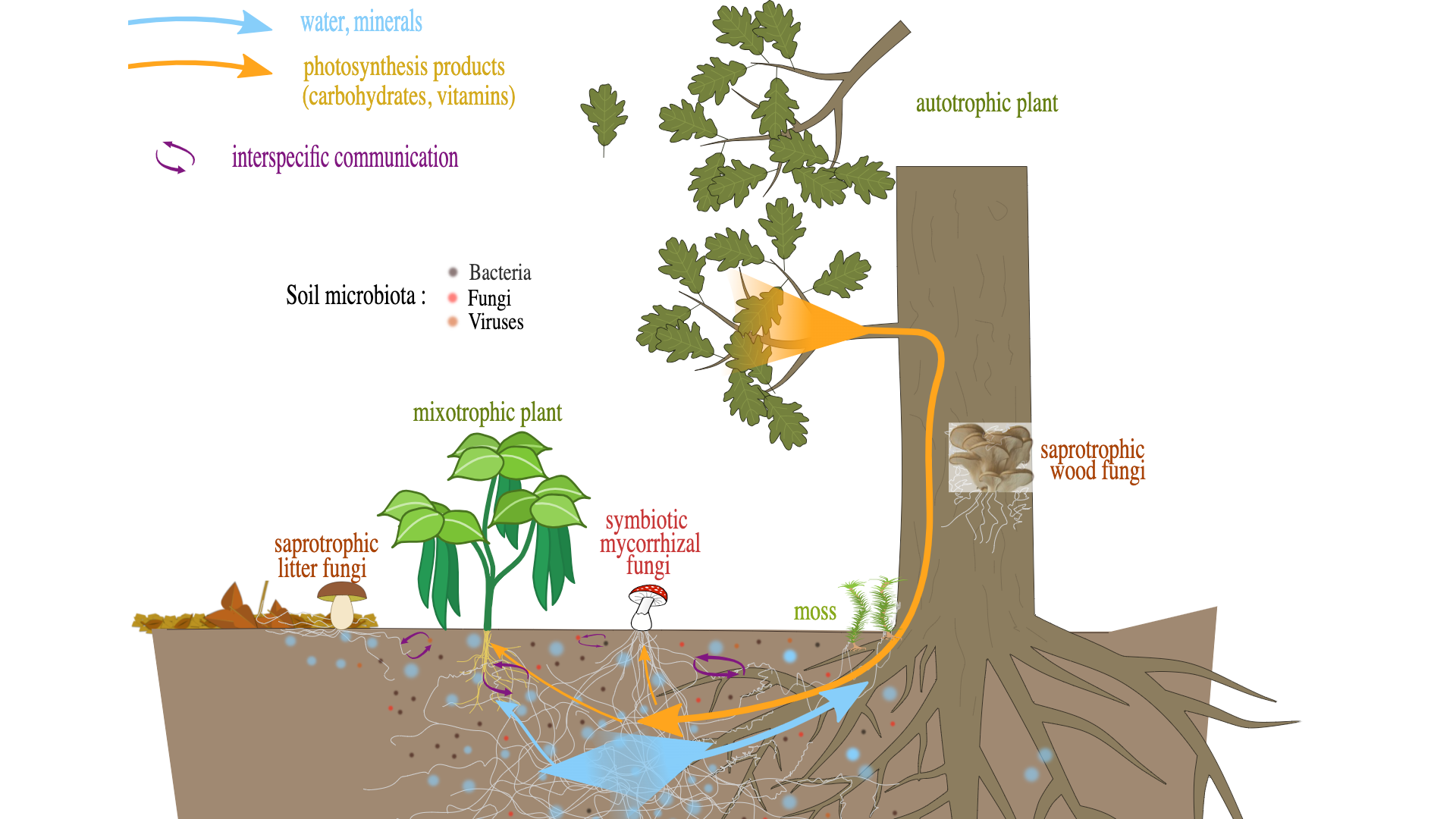
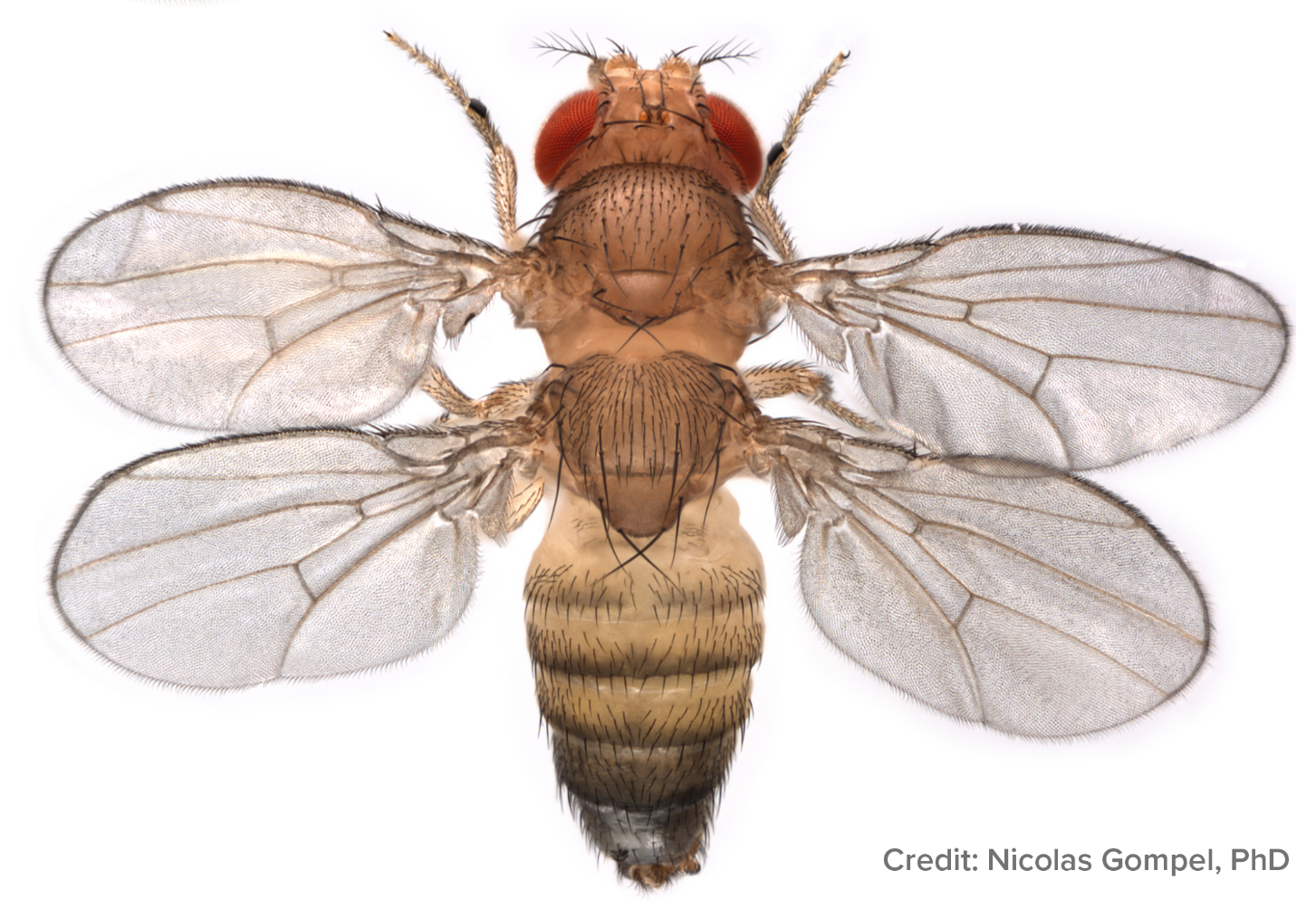
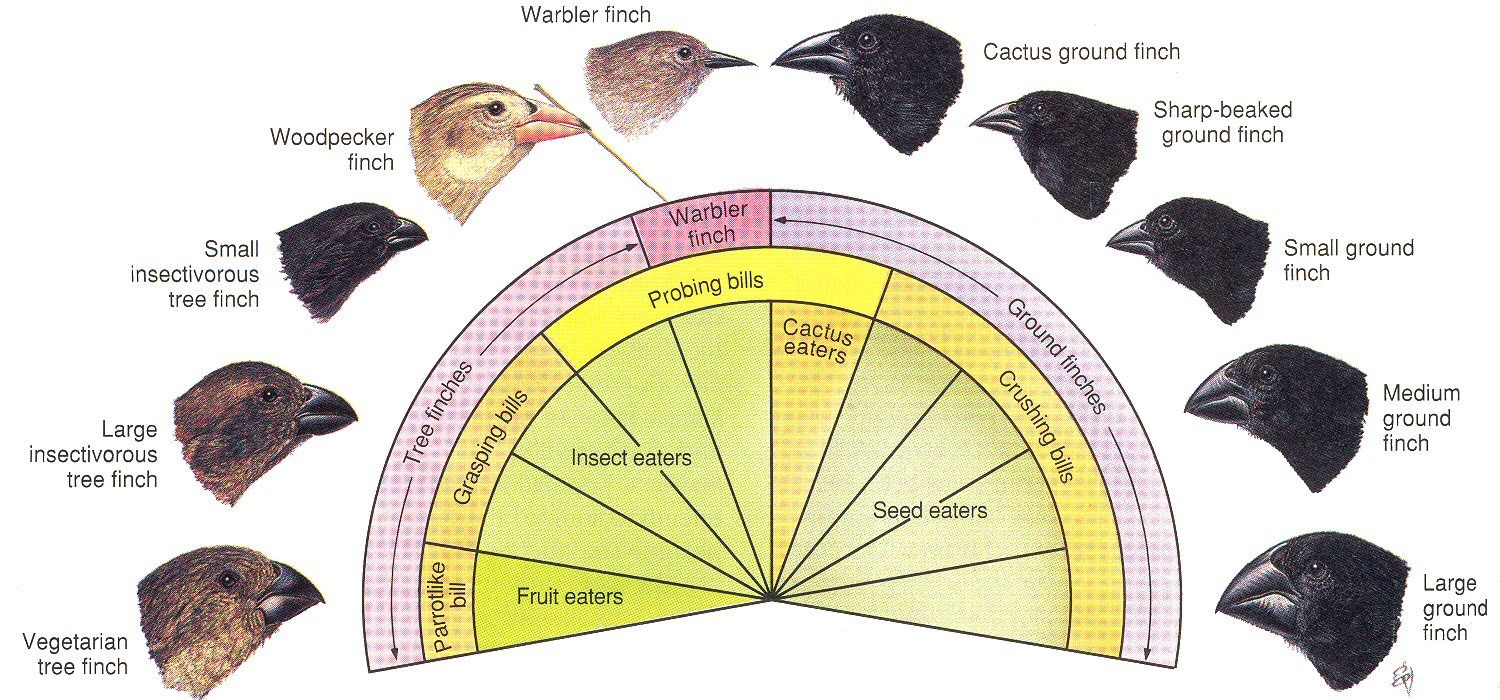
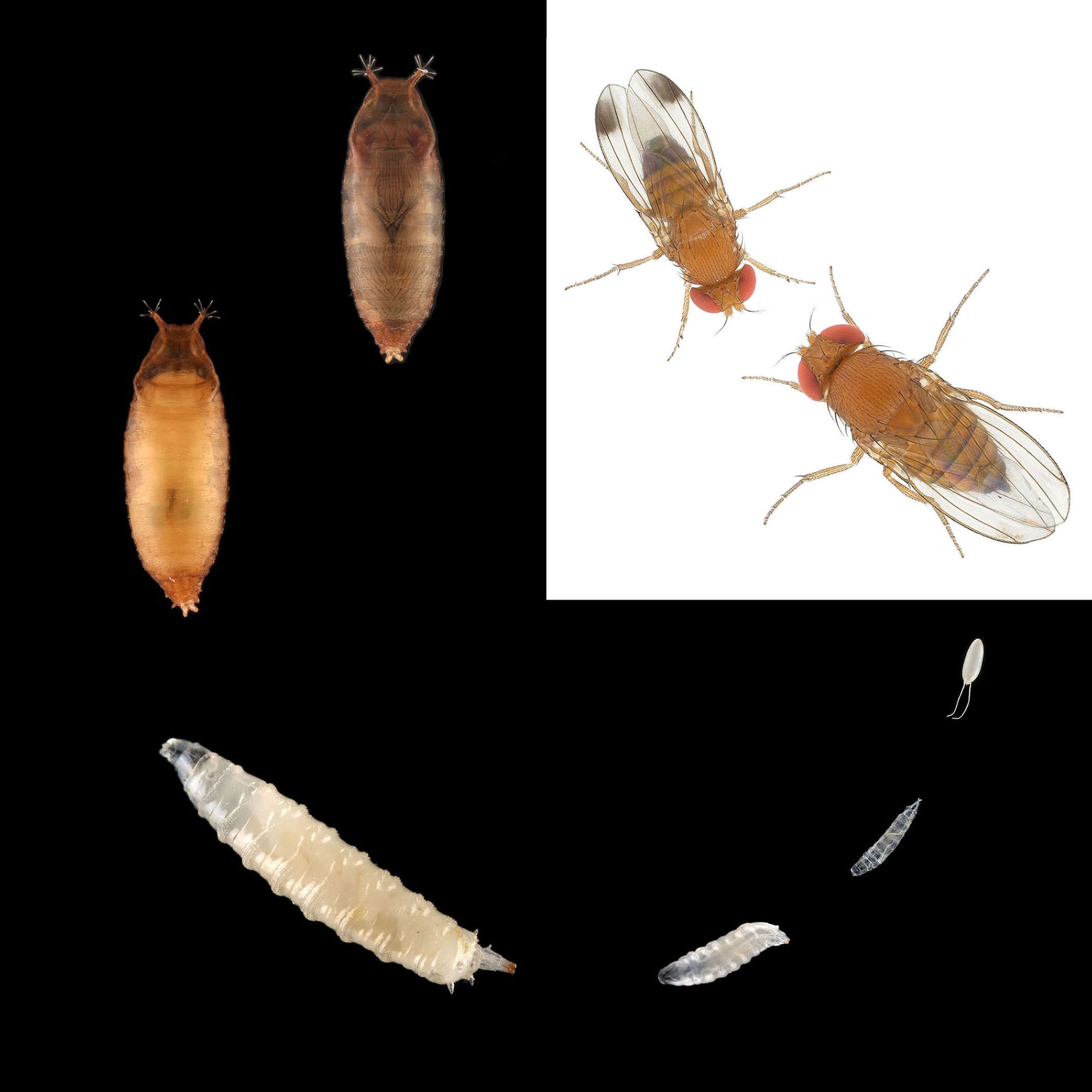
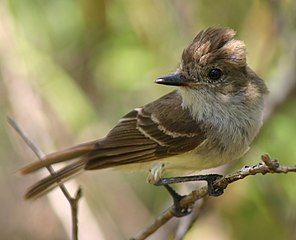
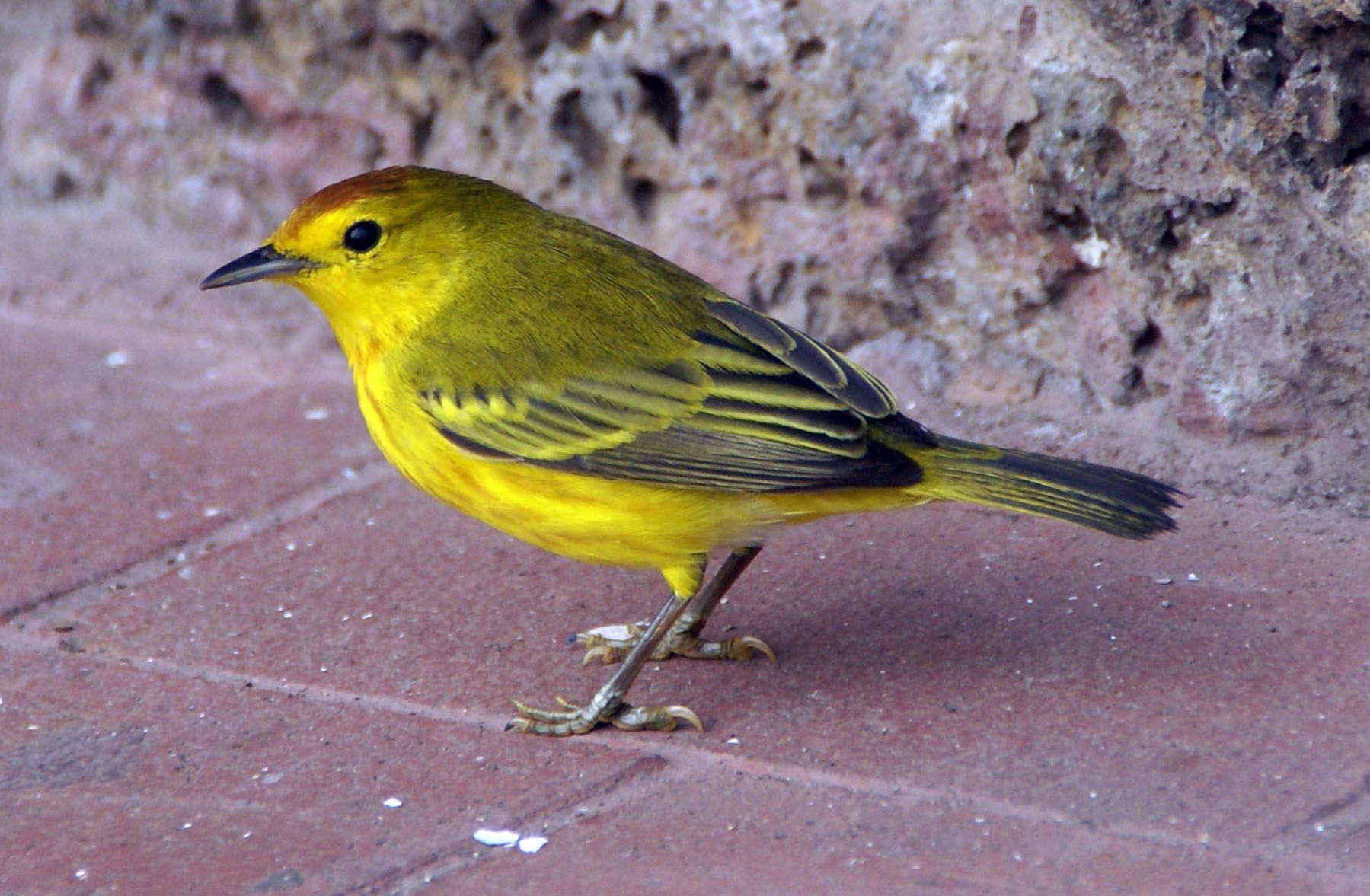







Member discussion: